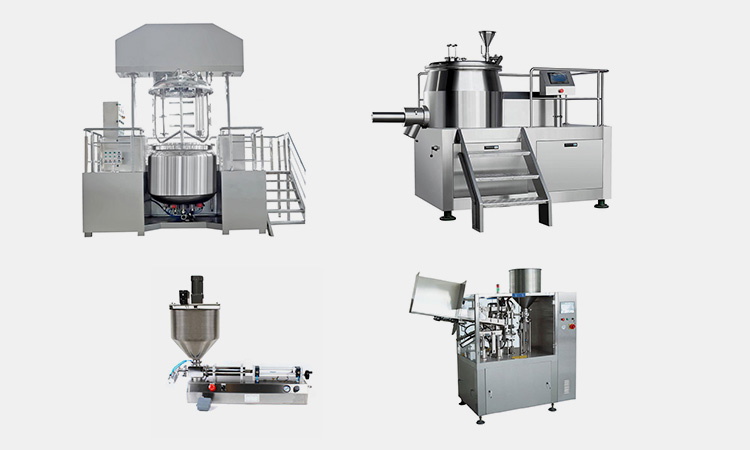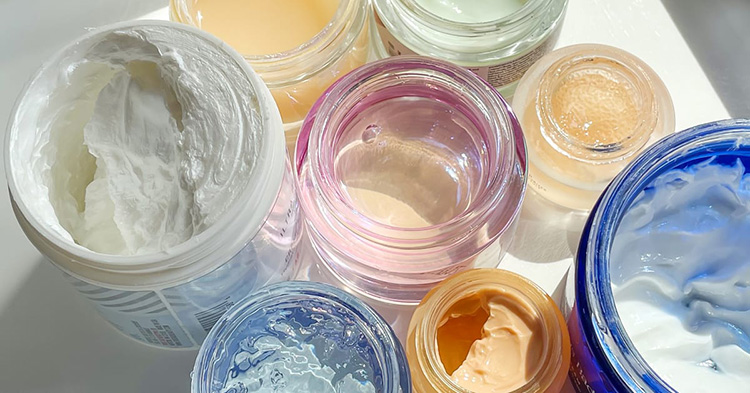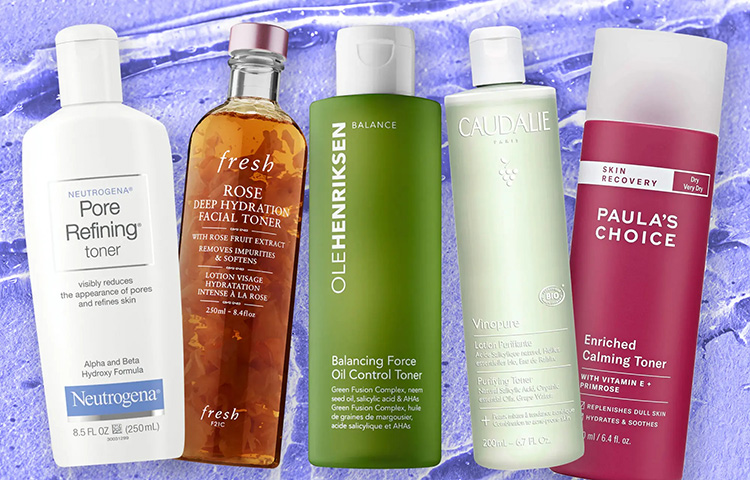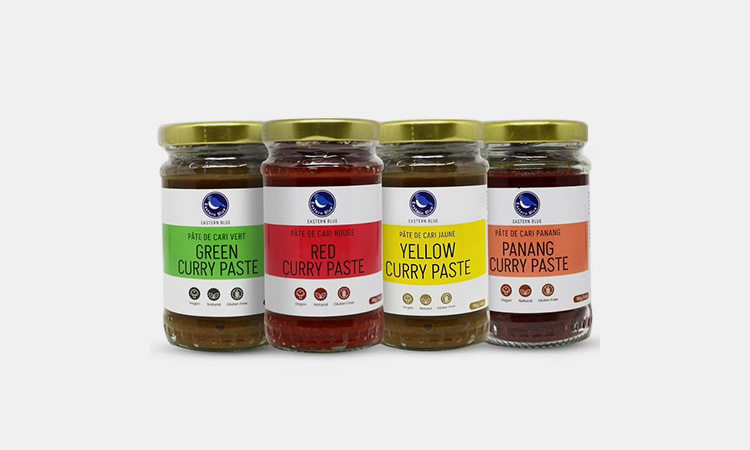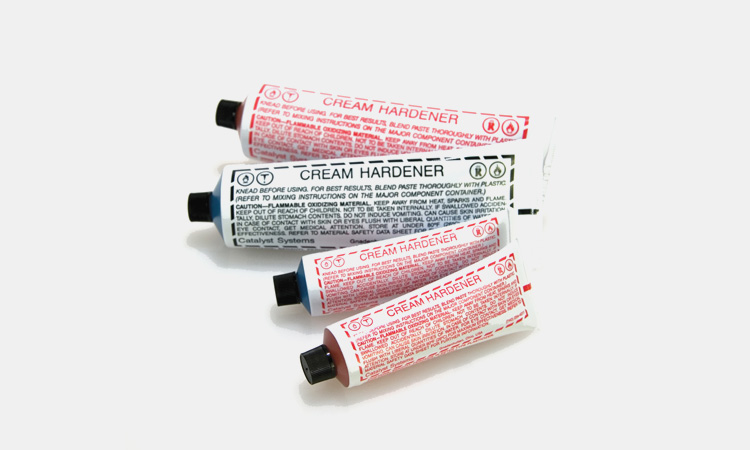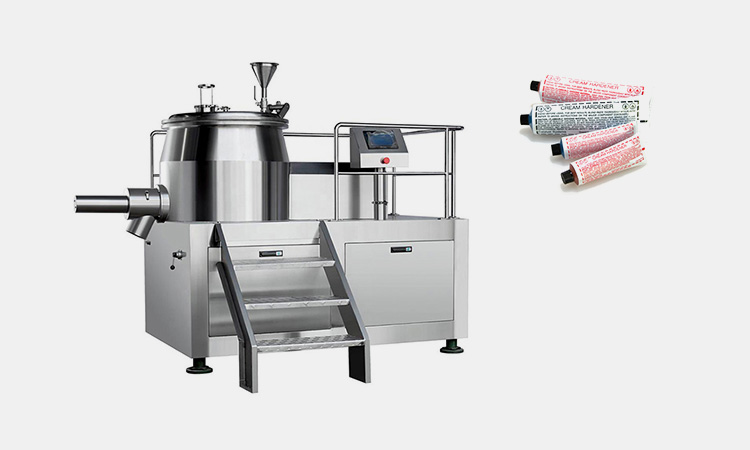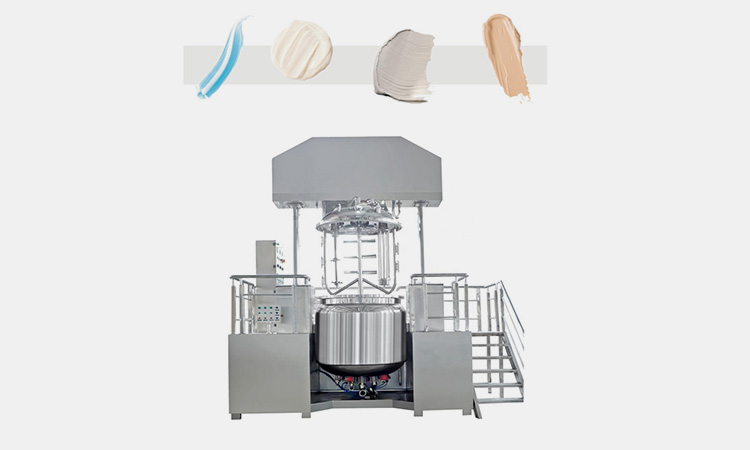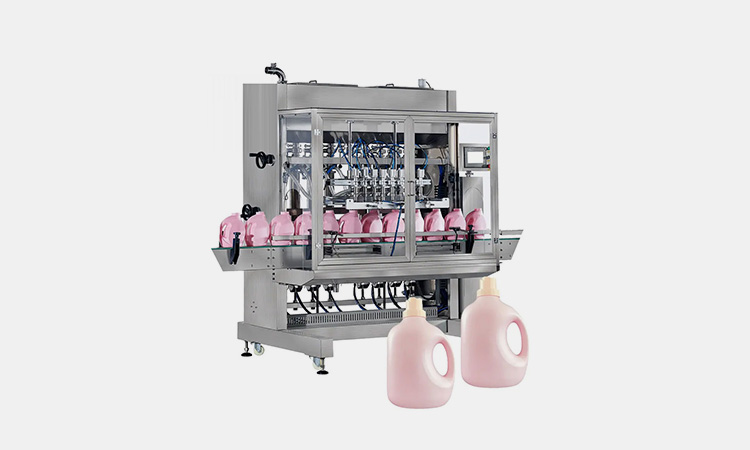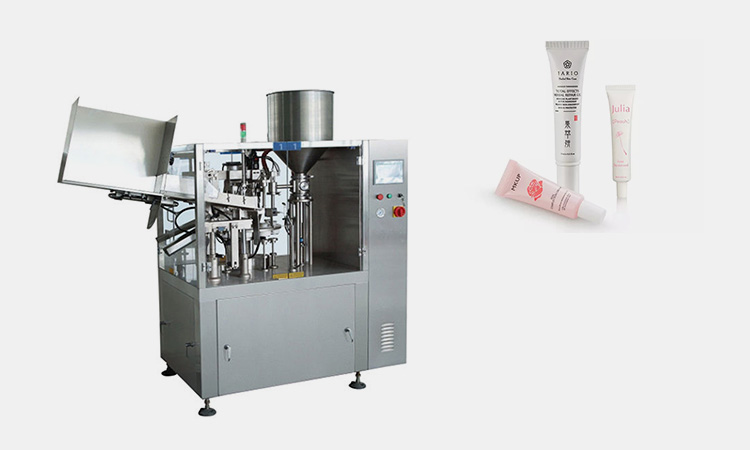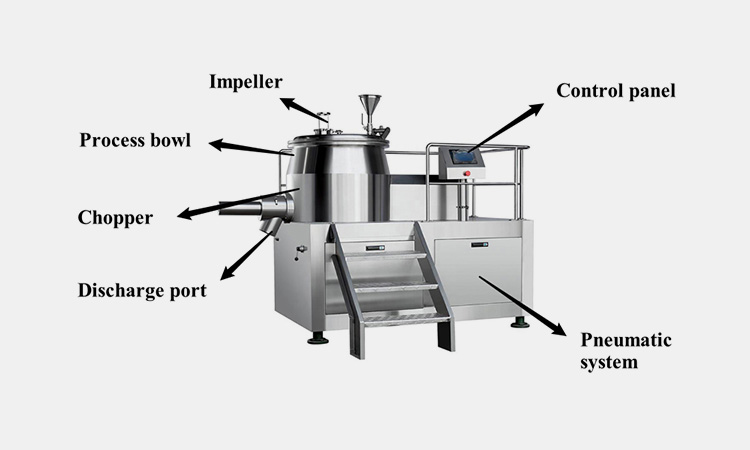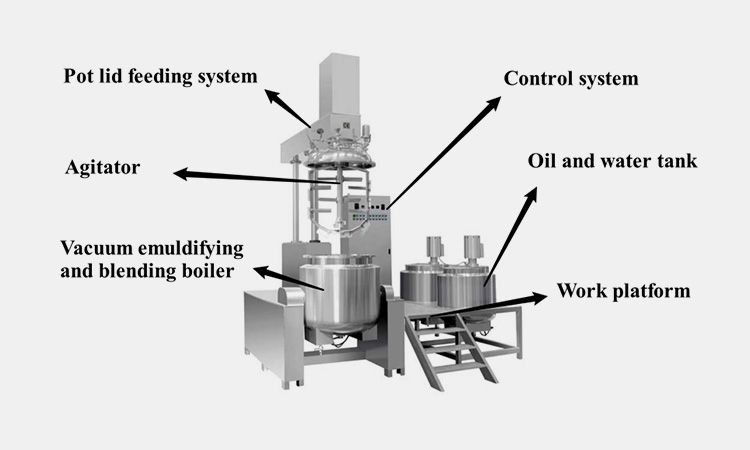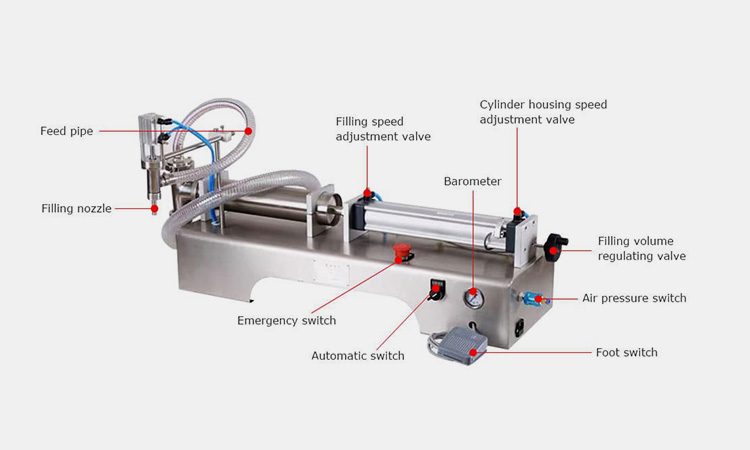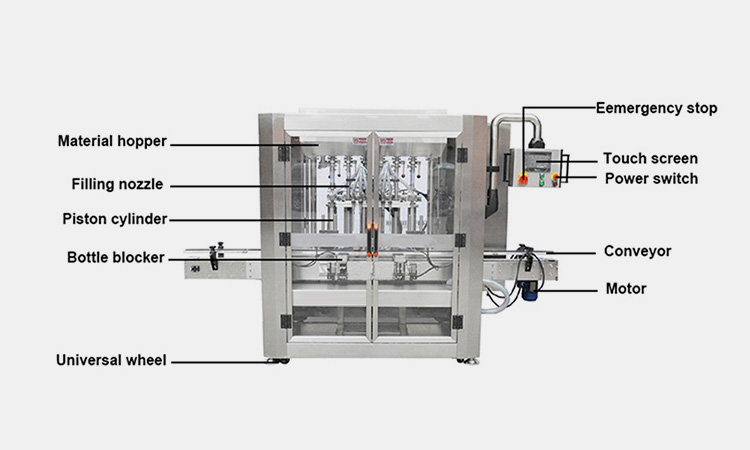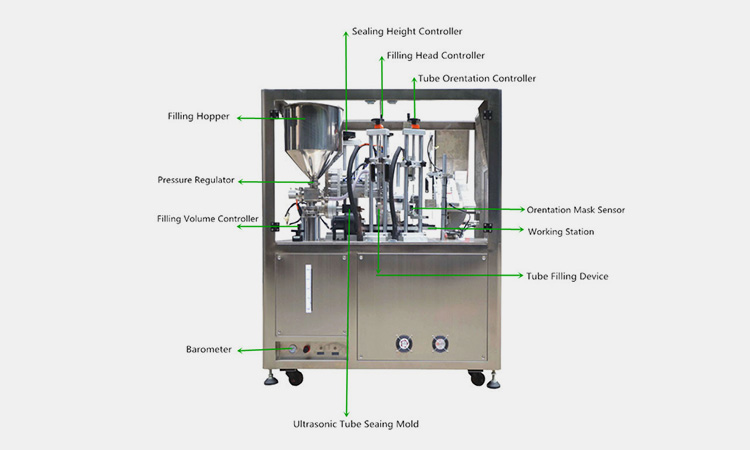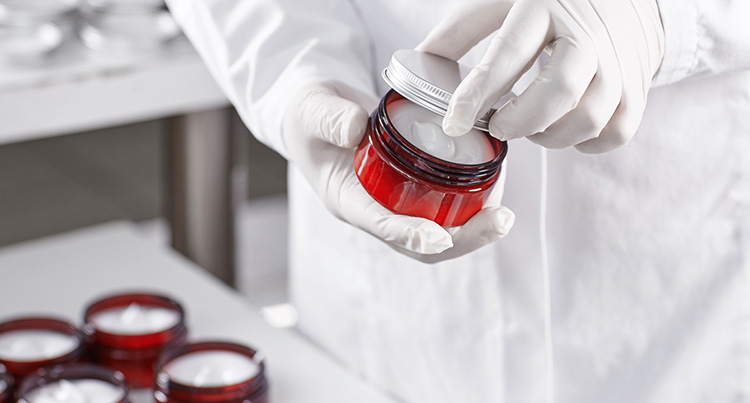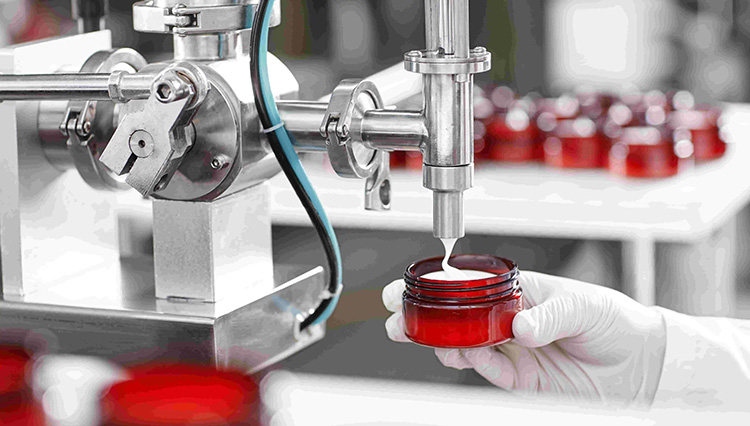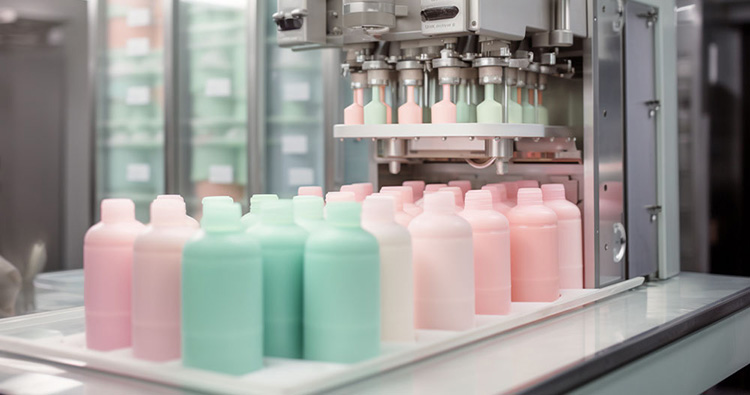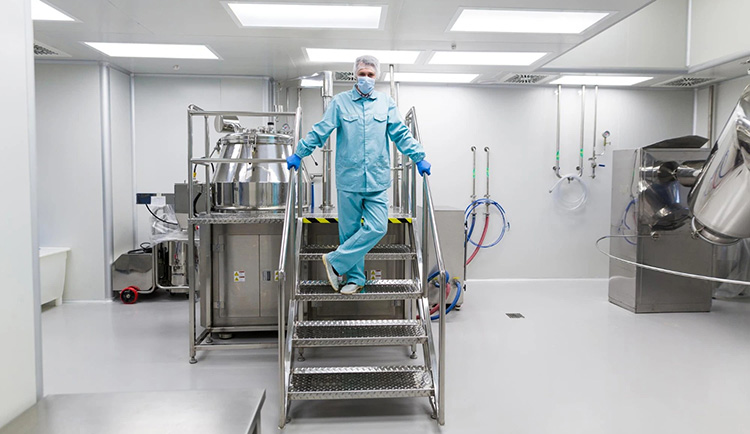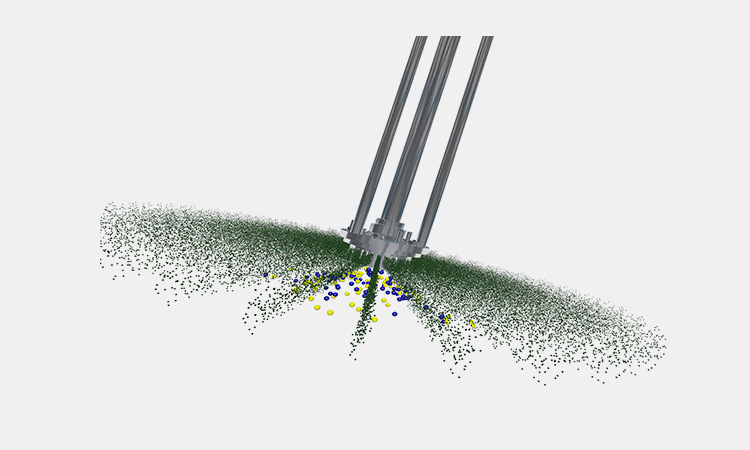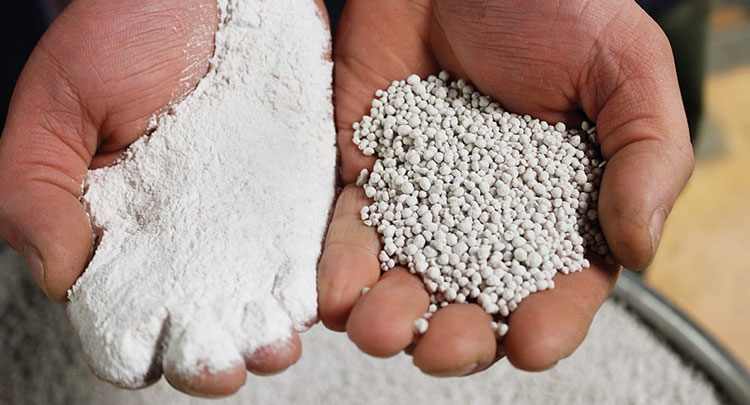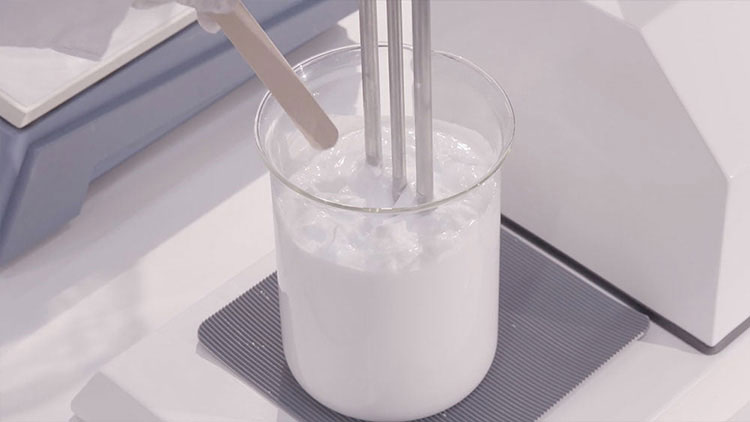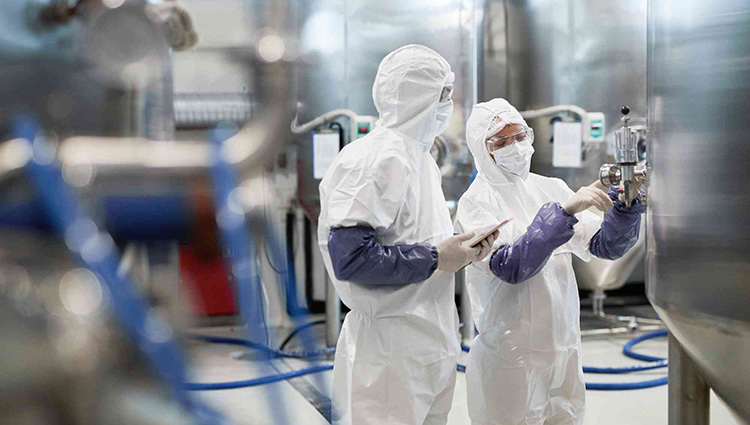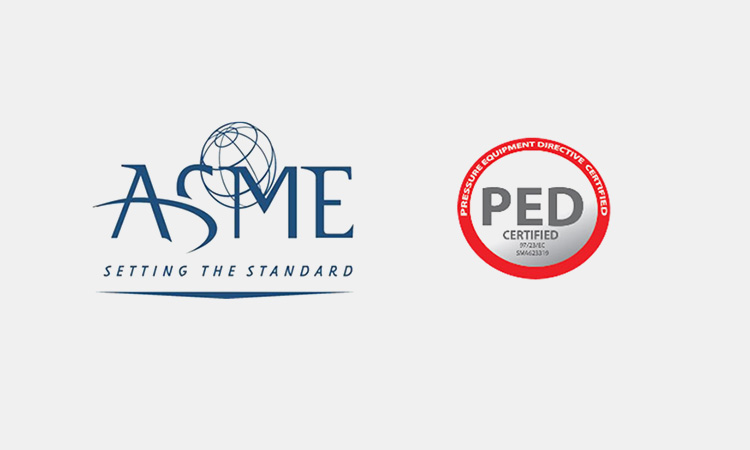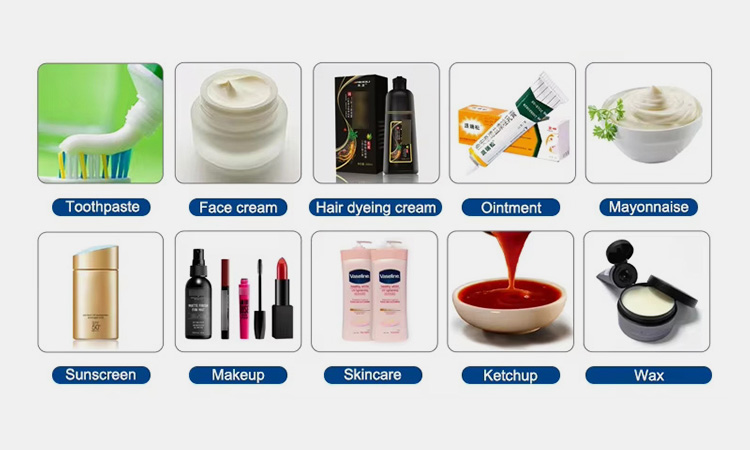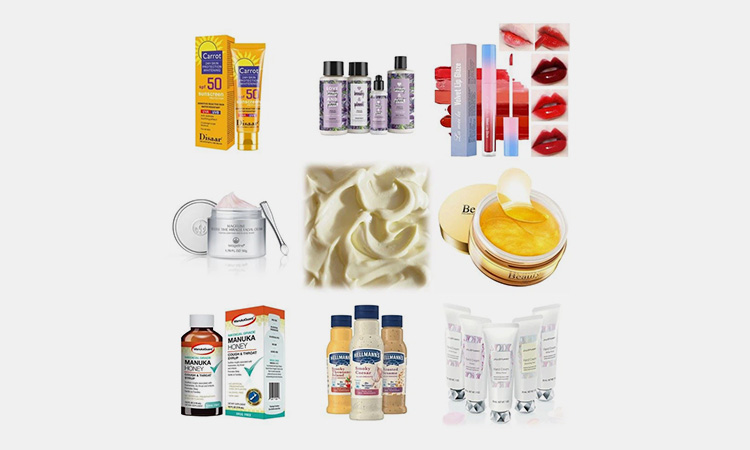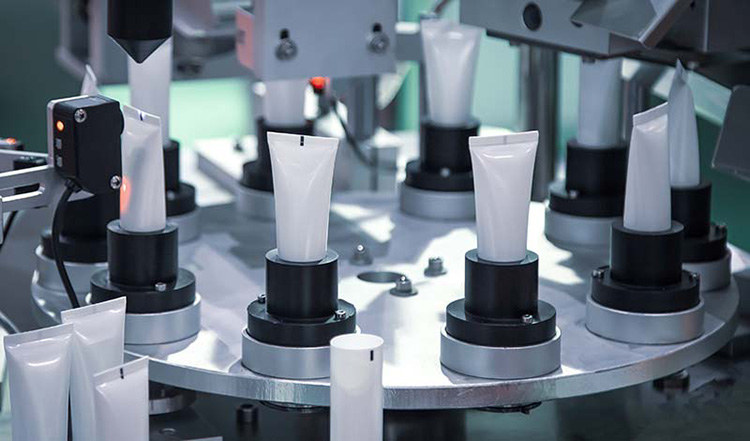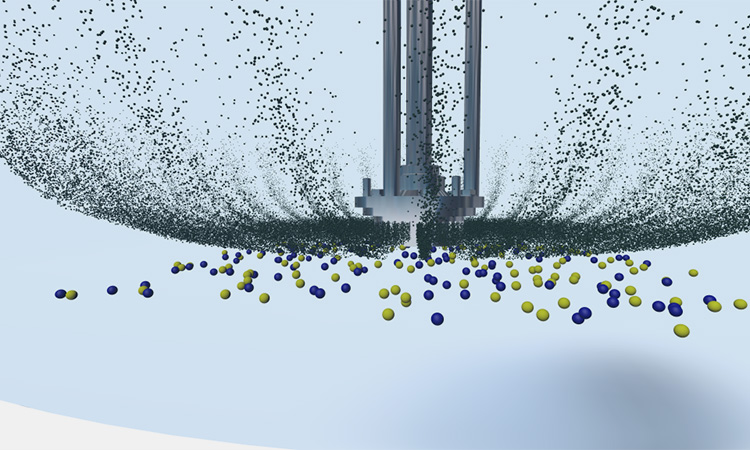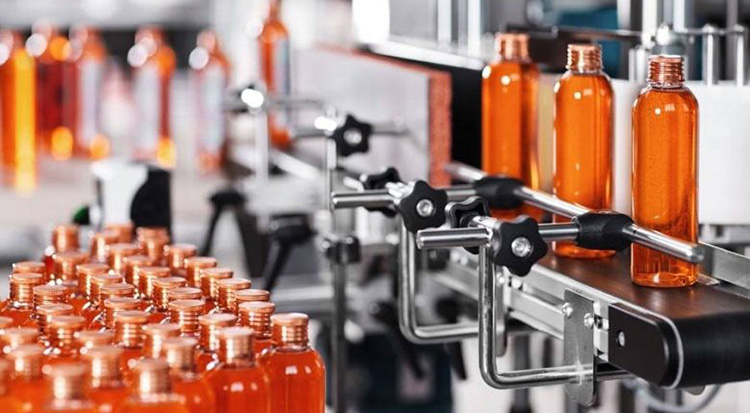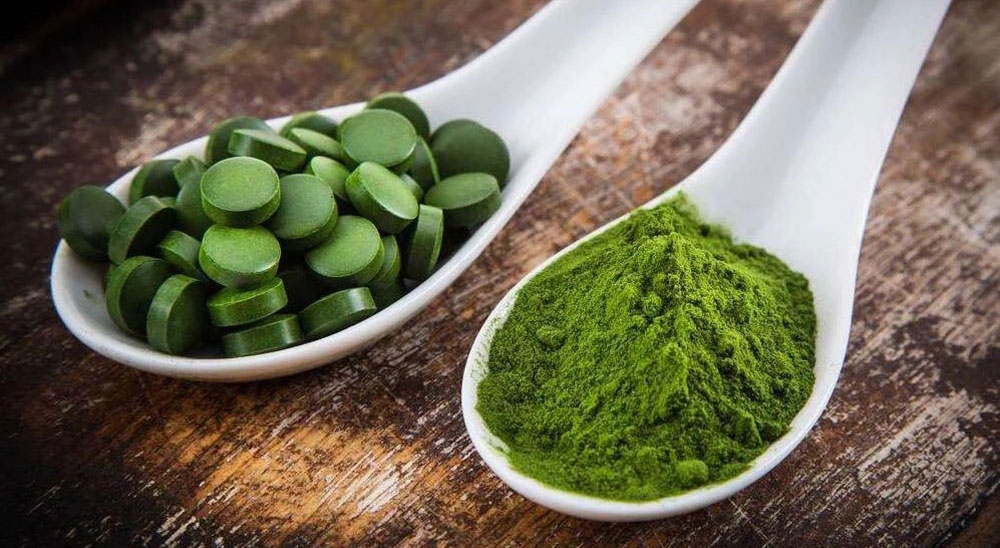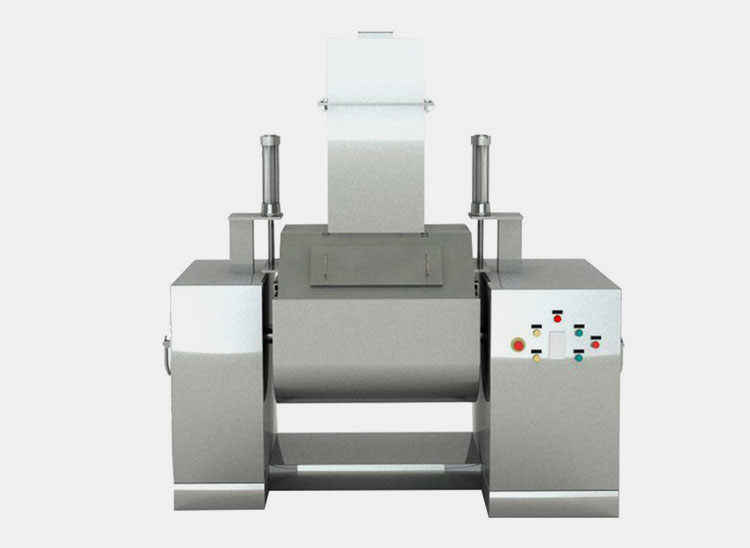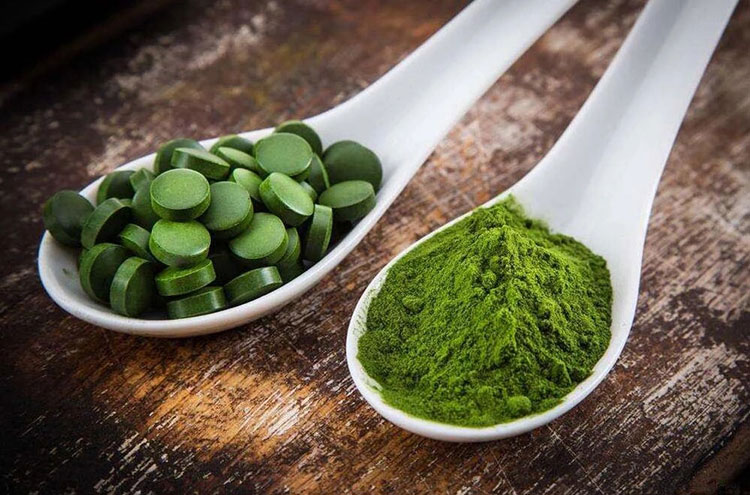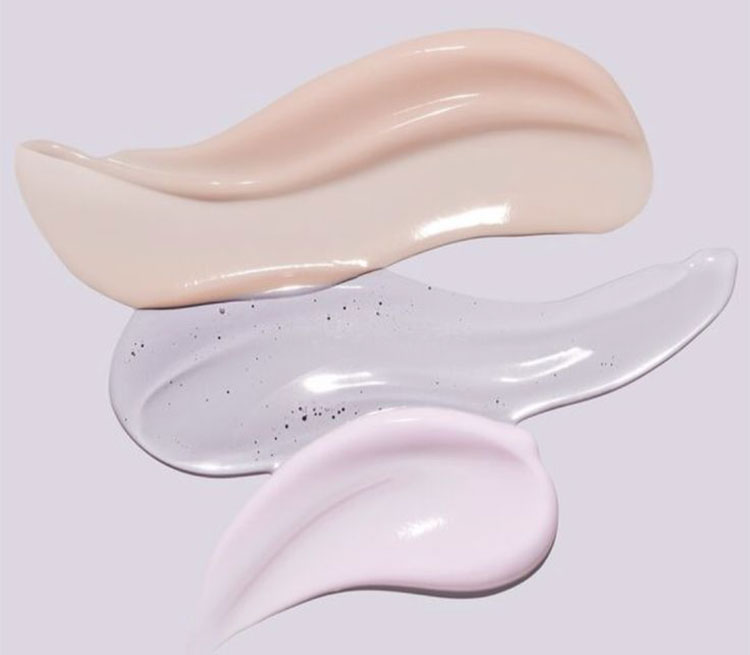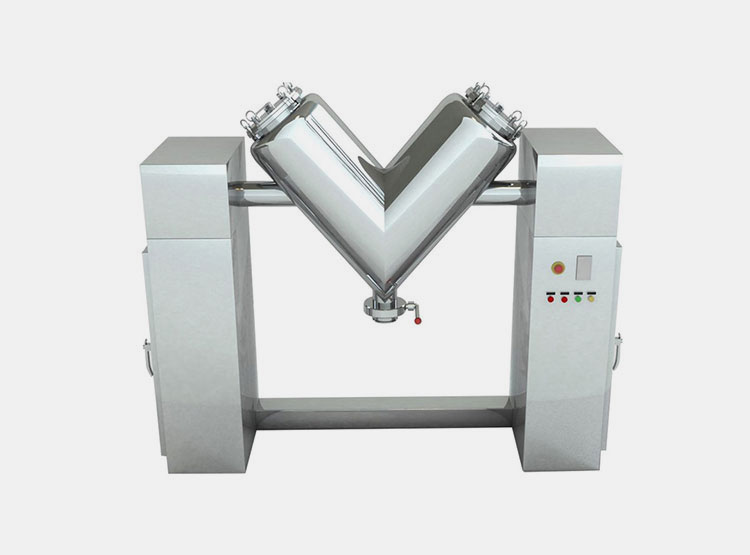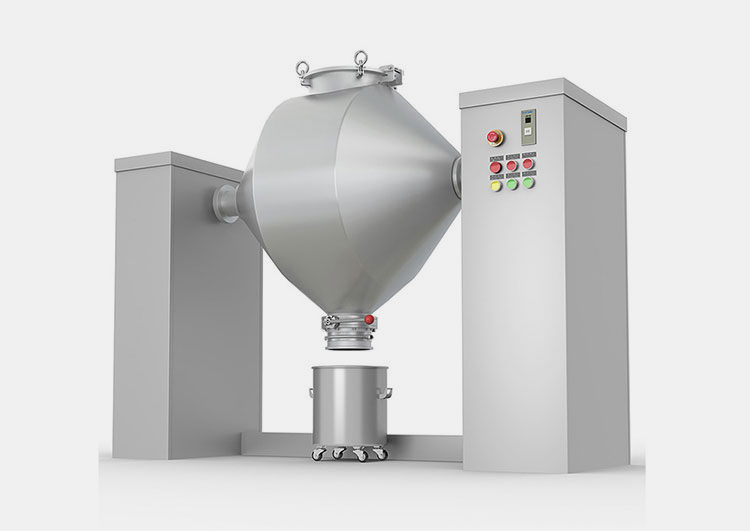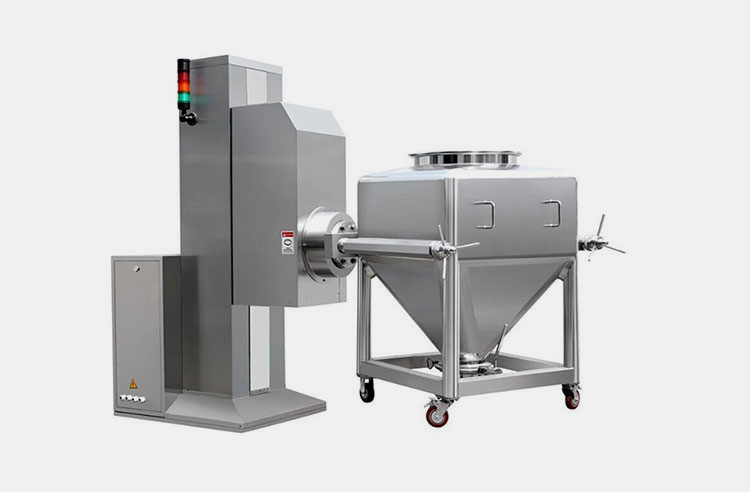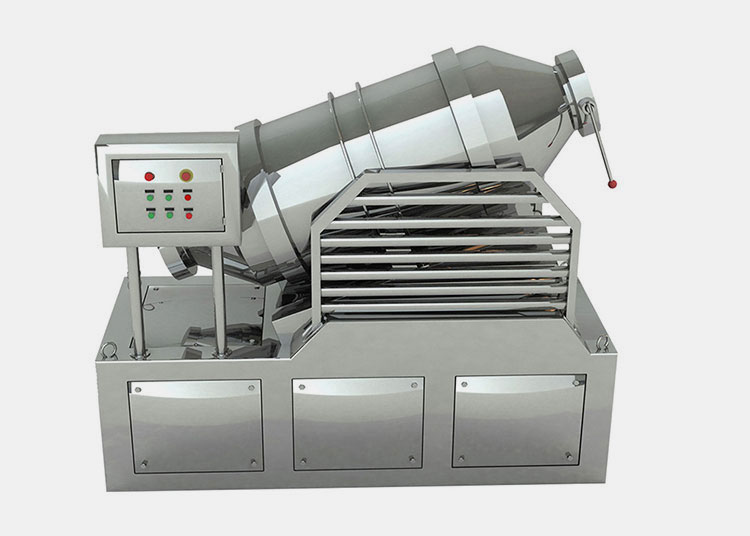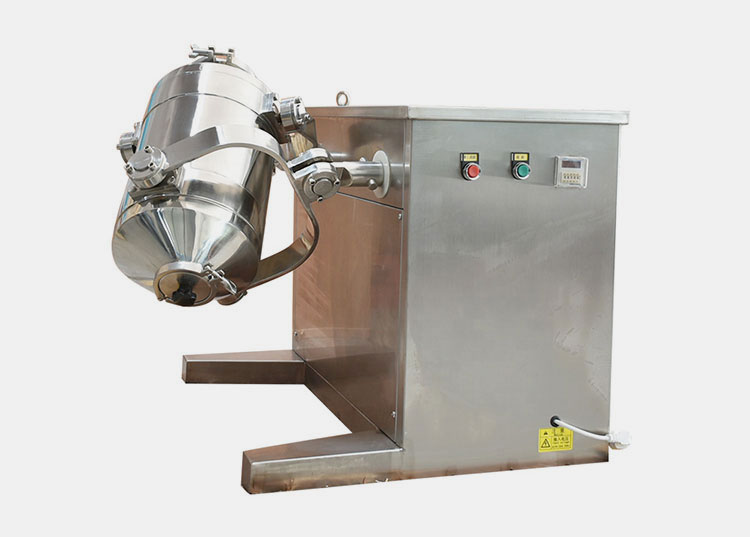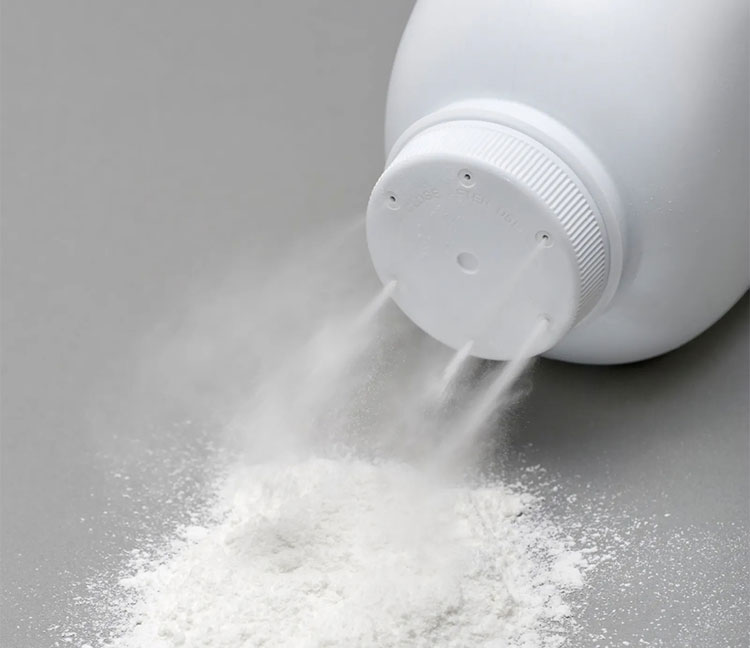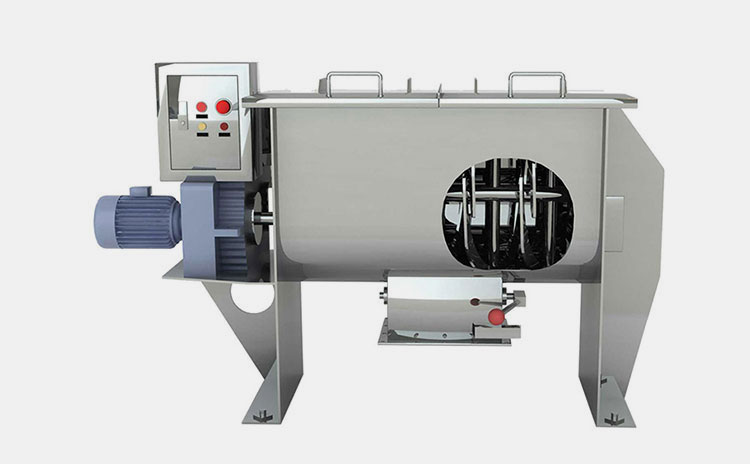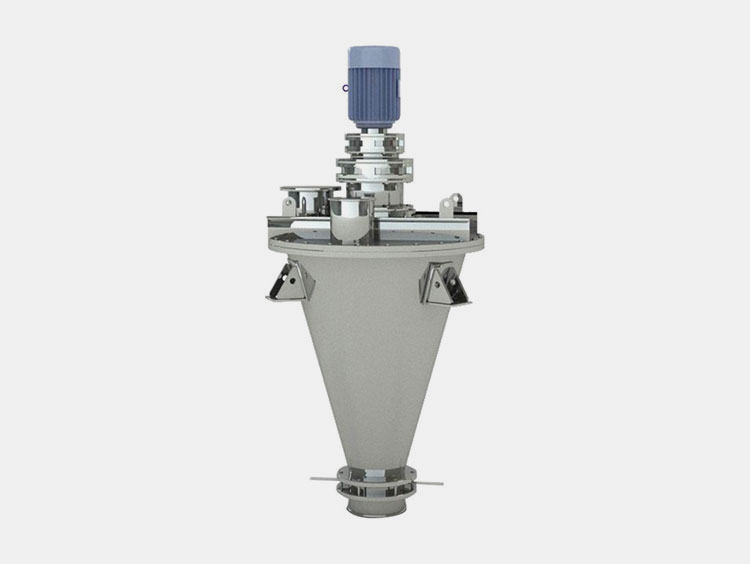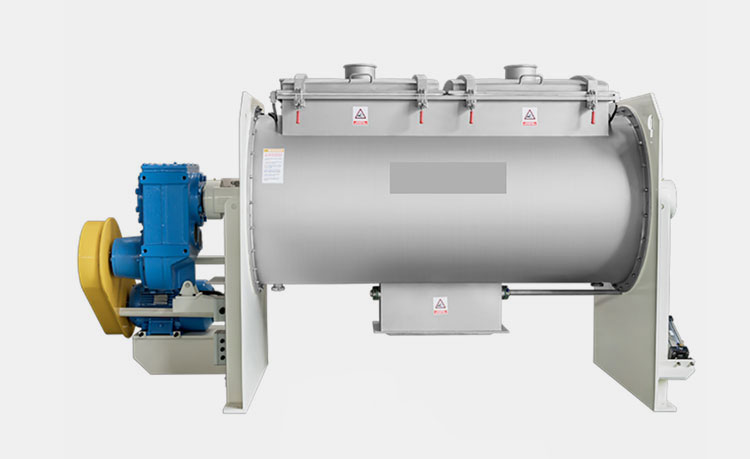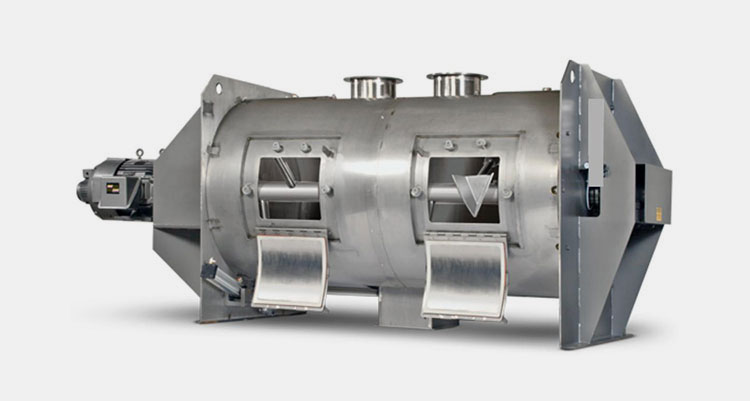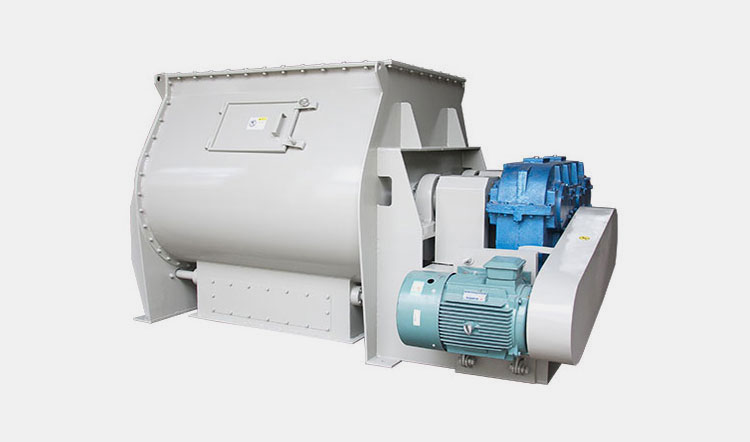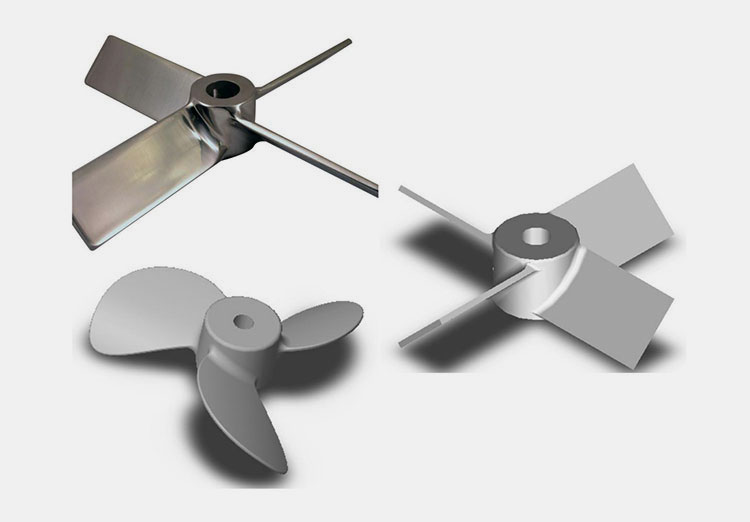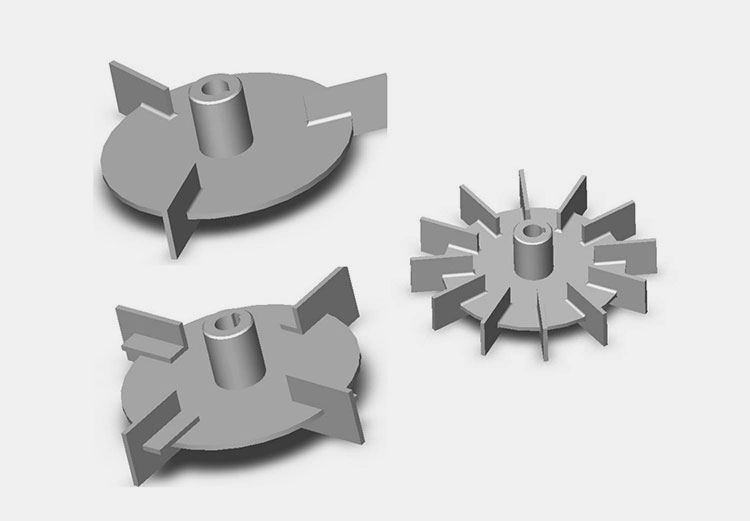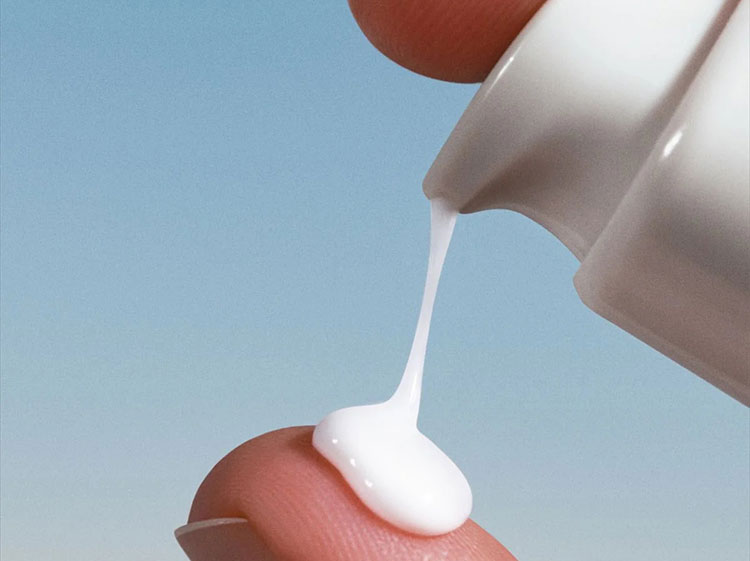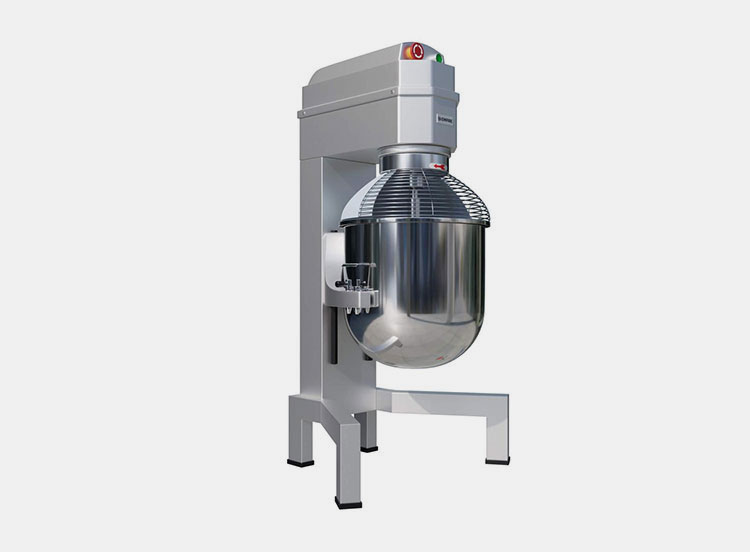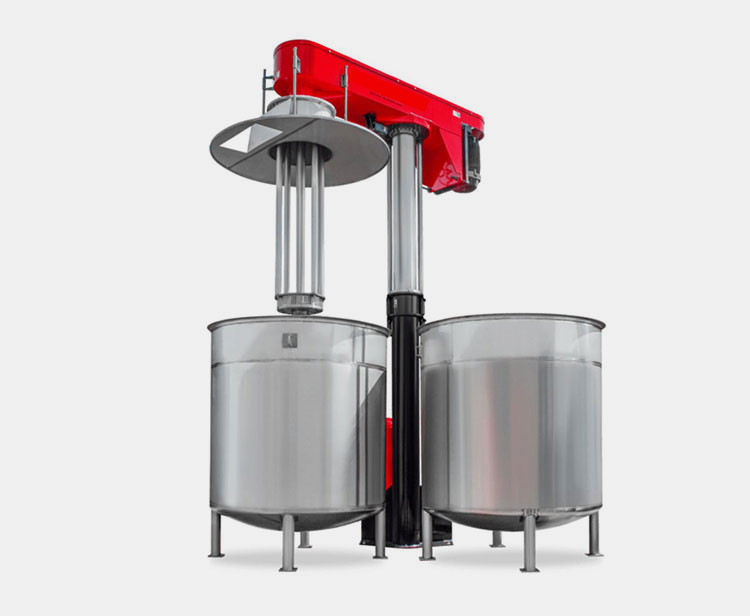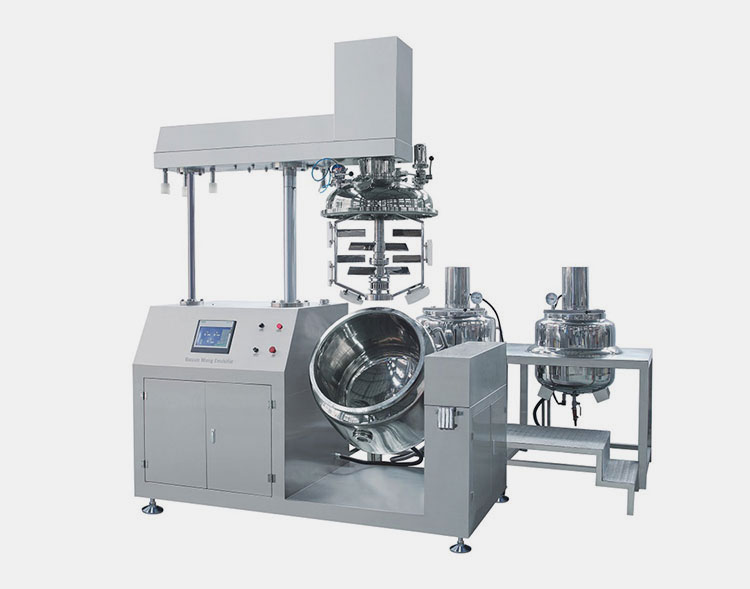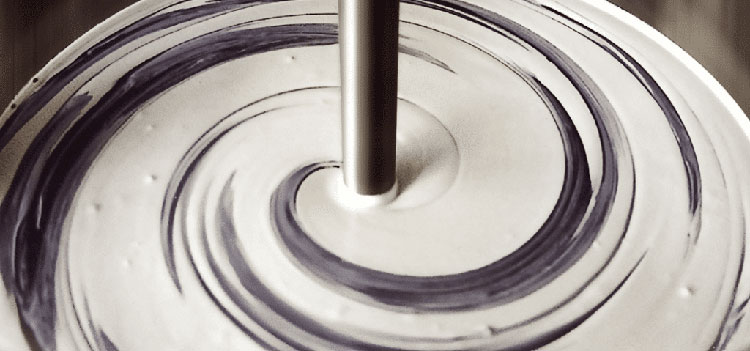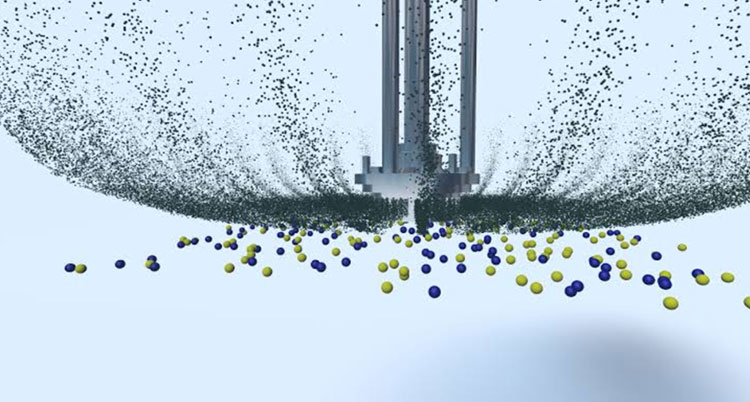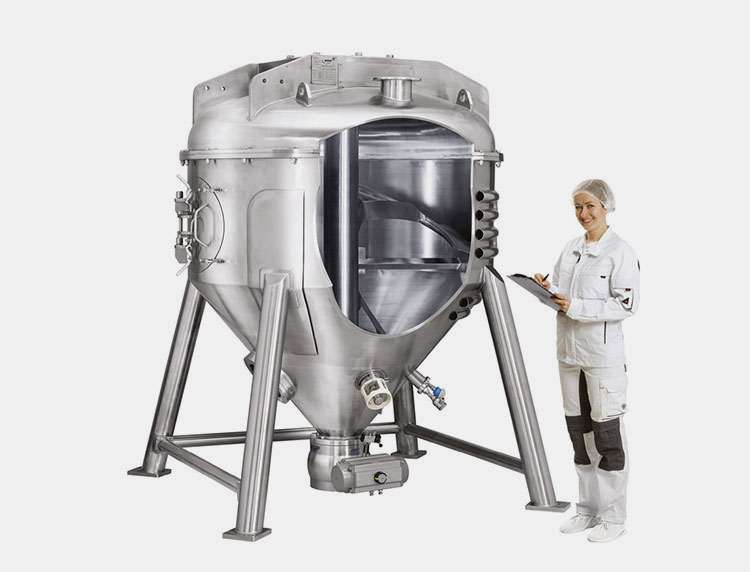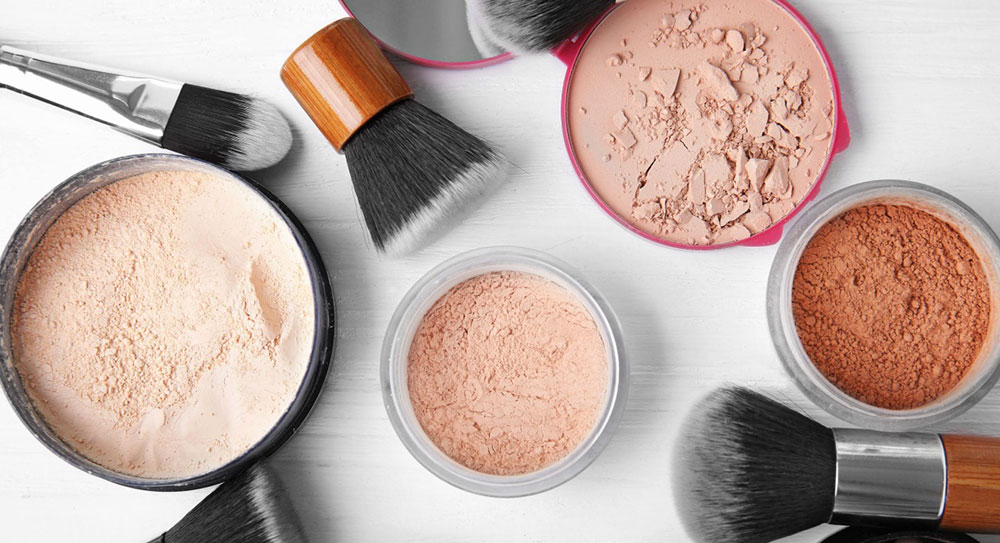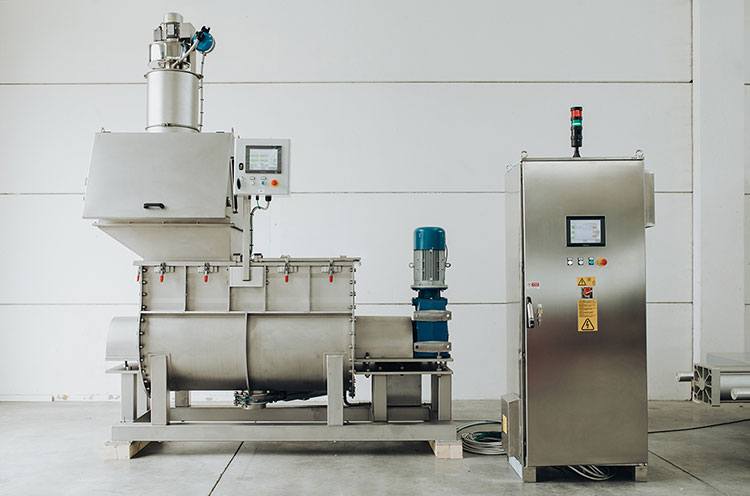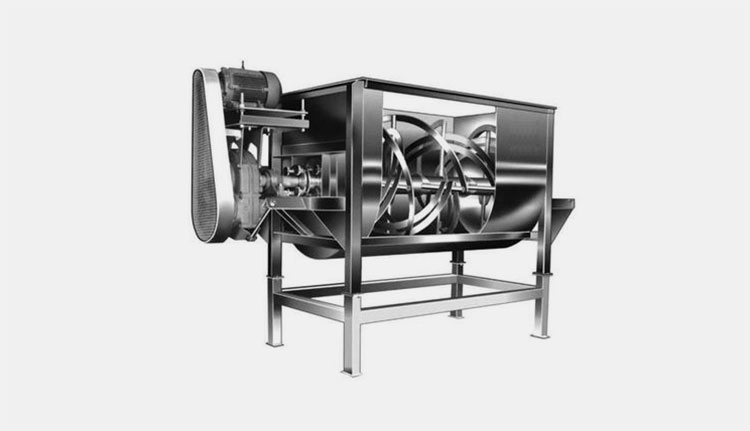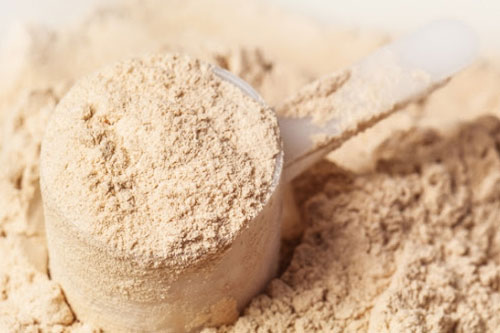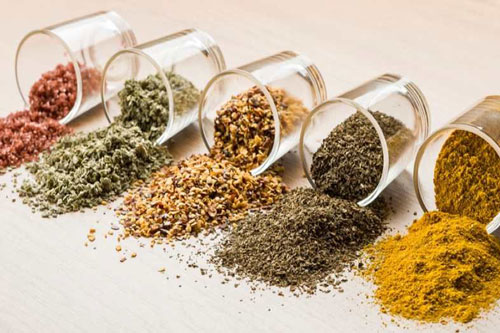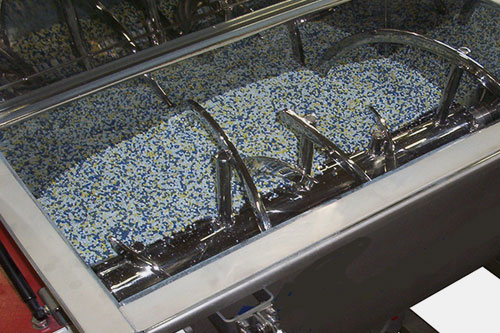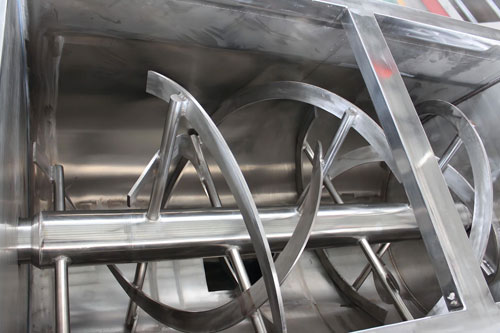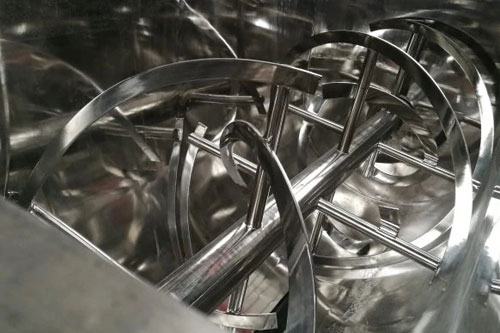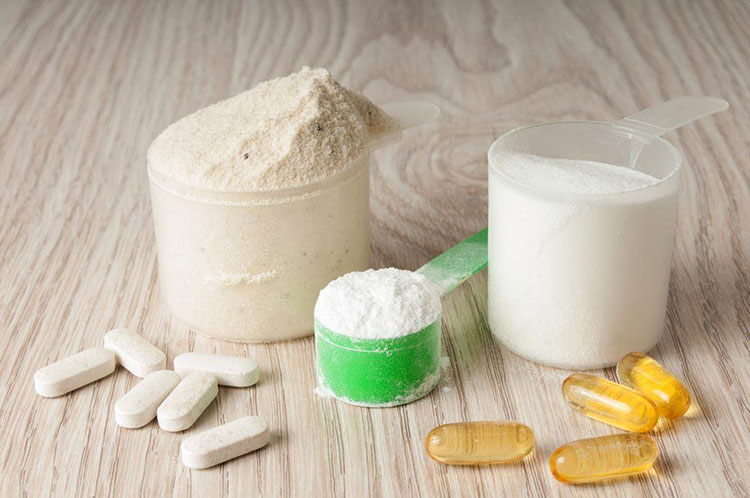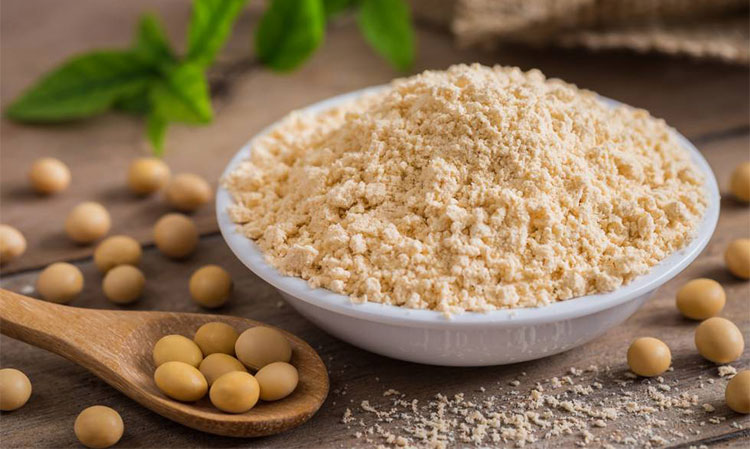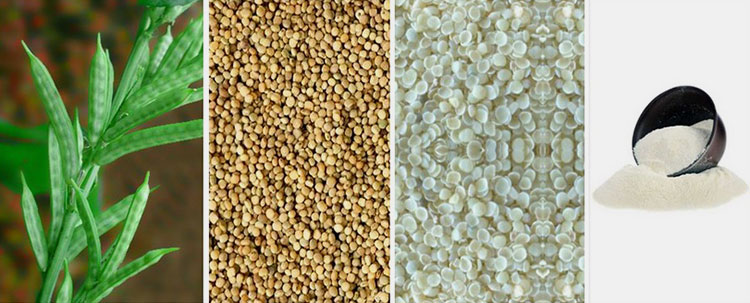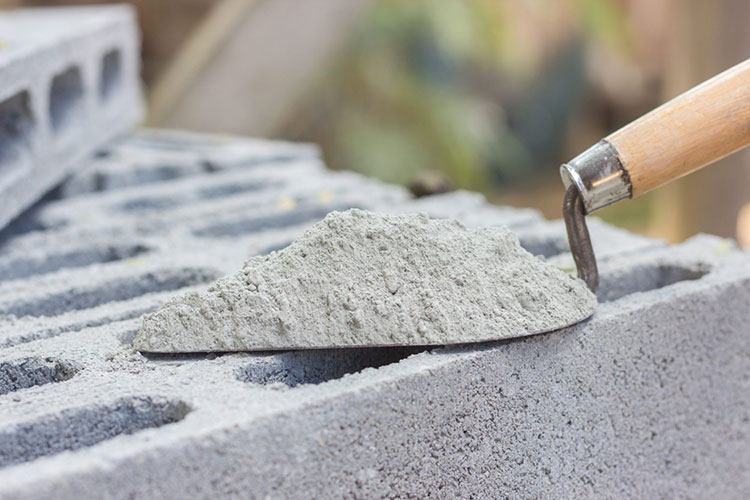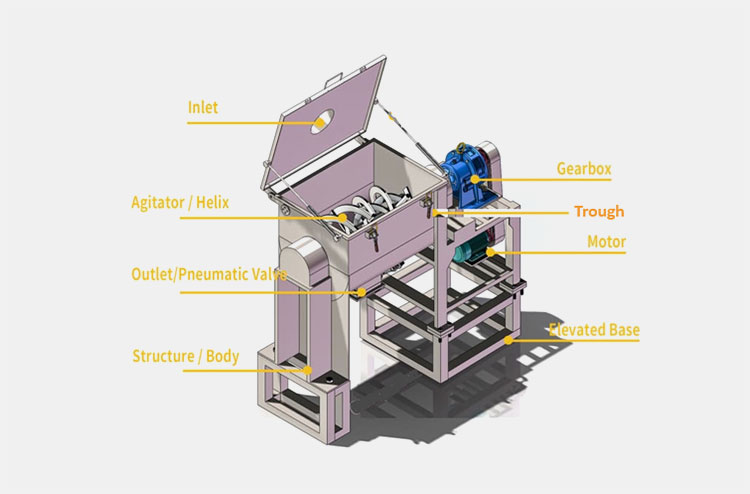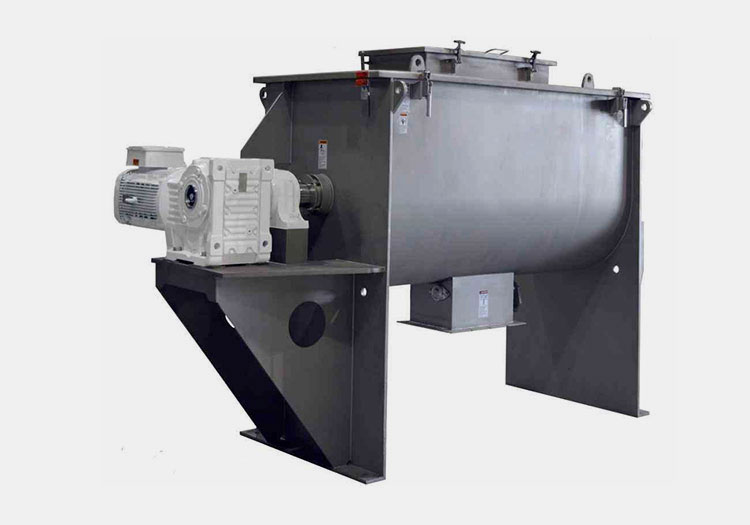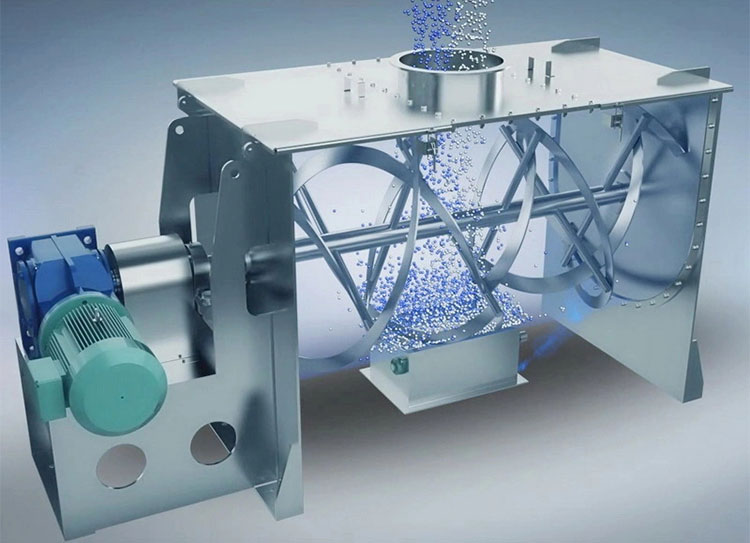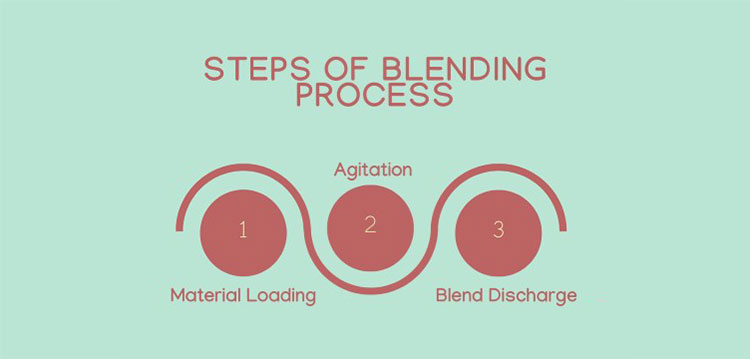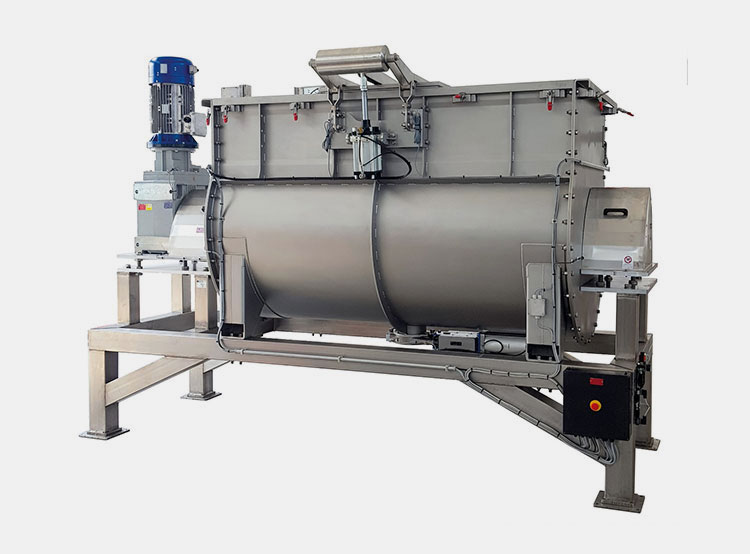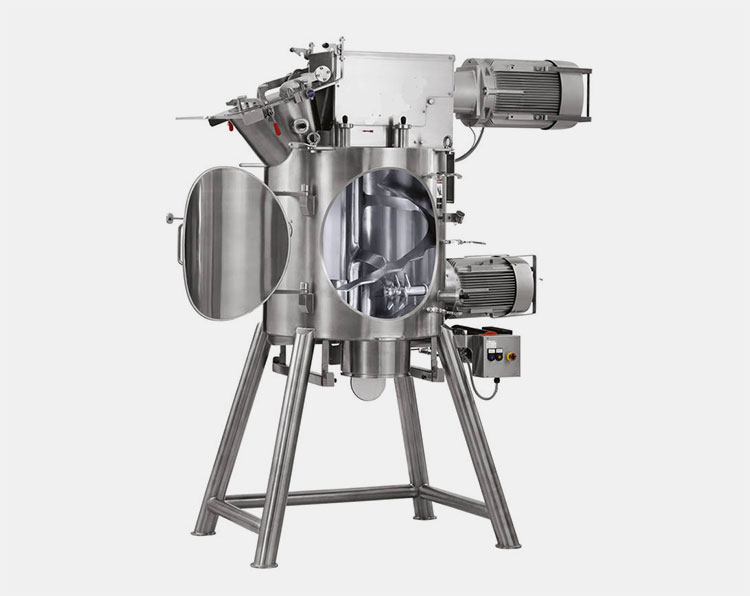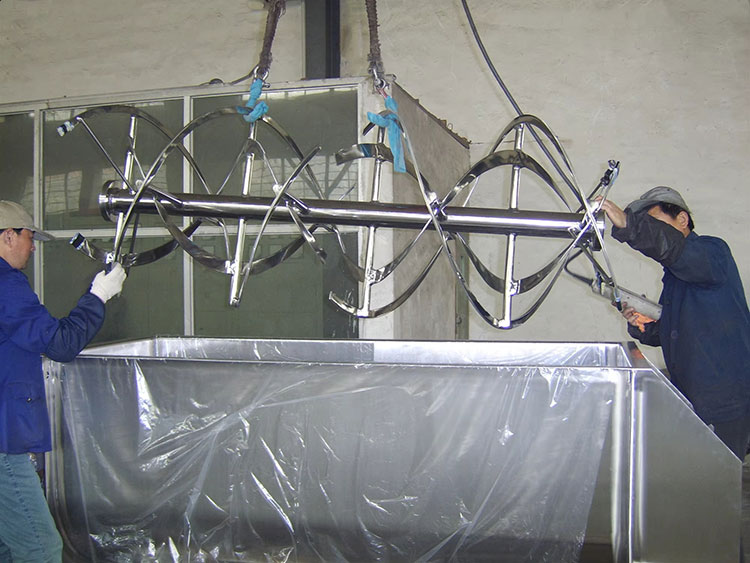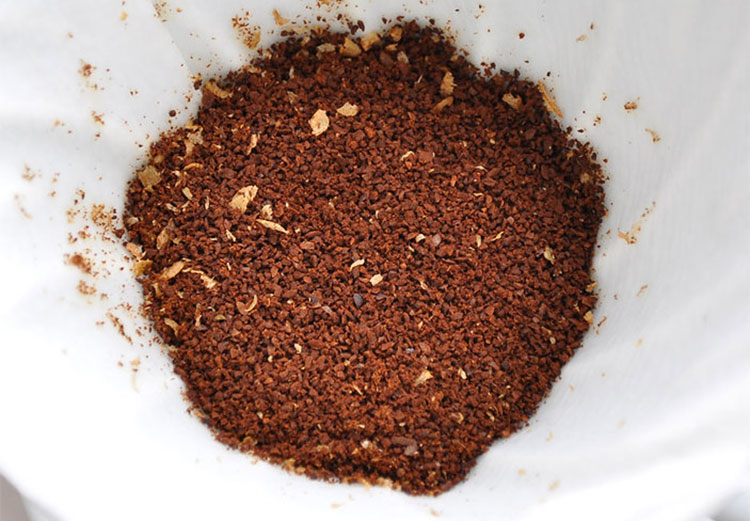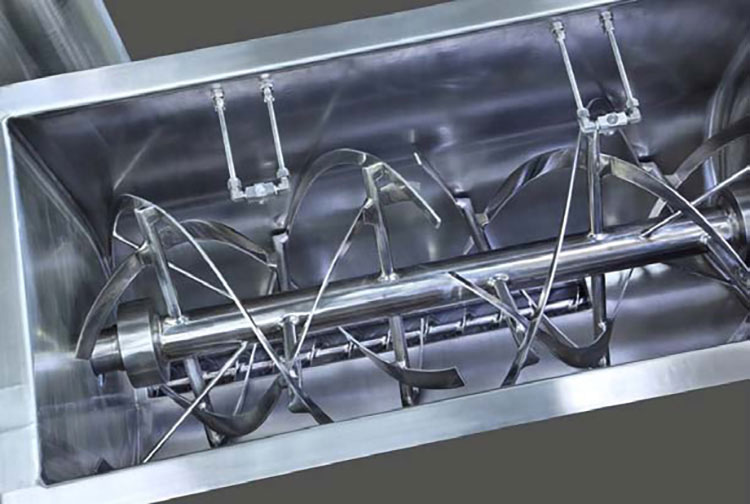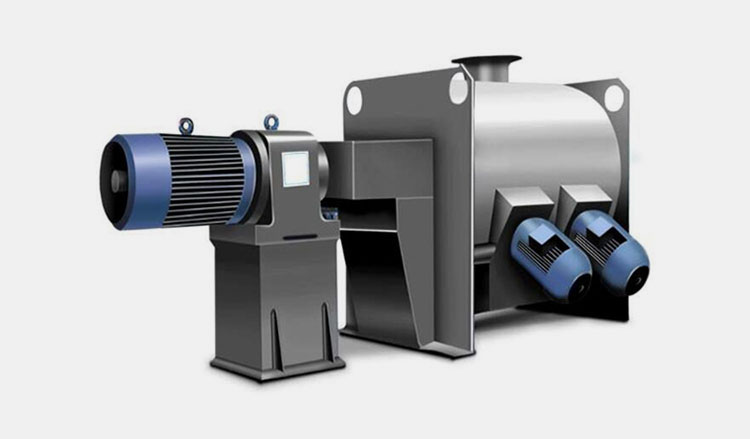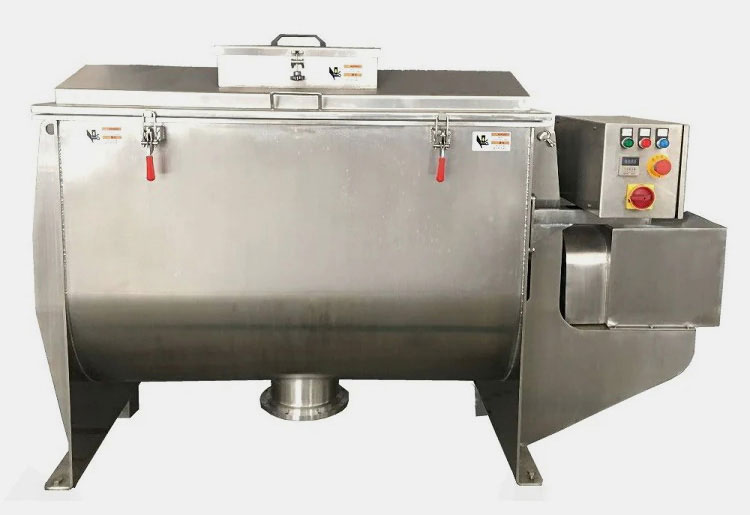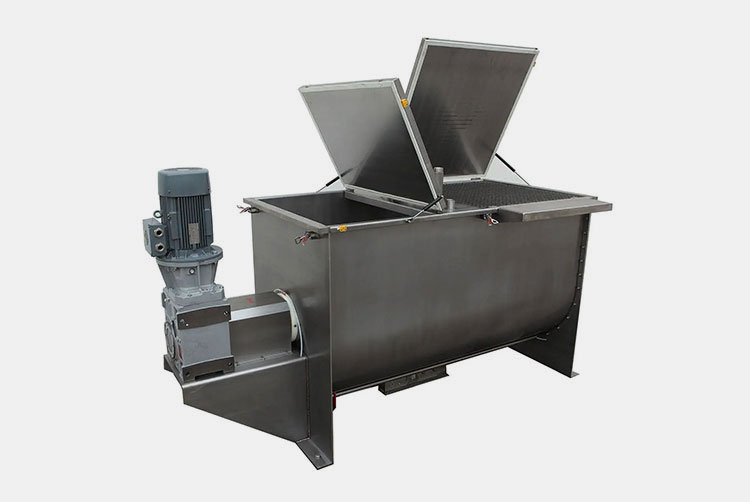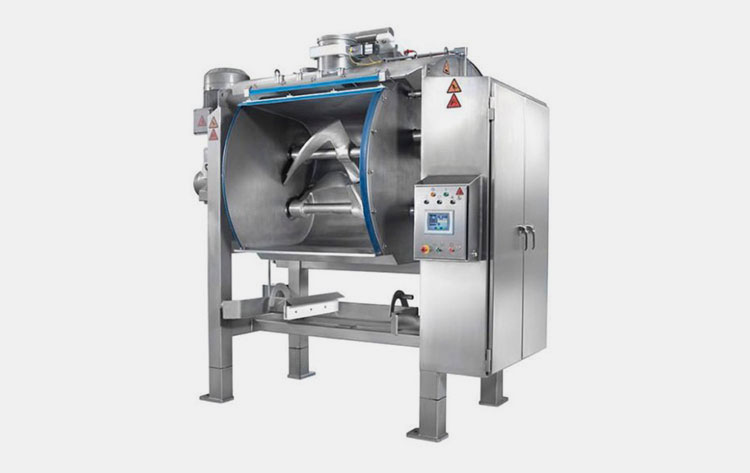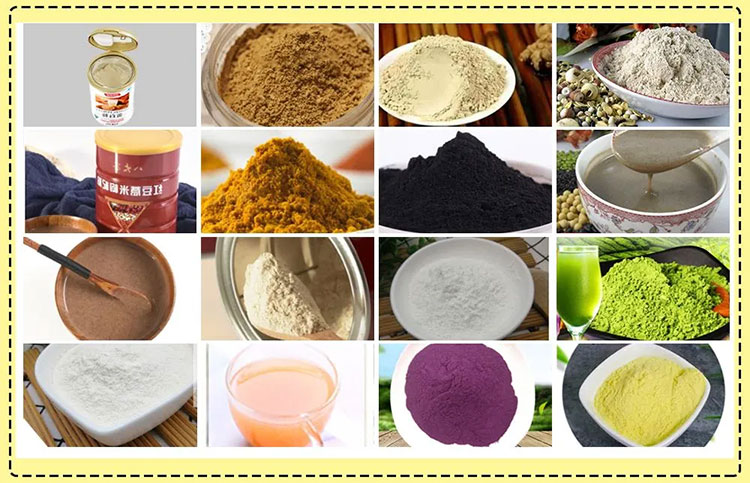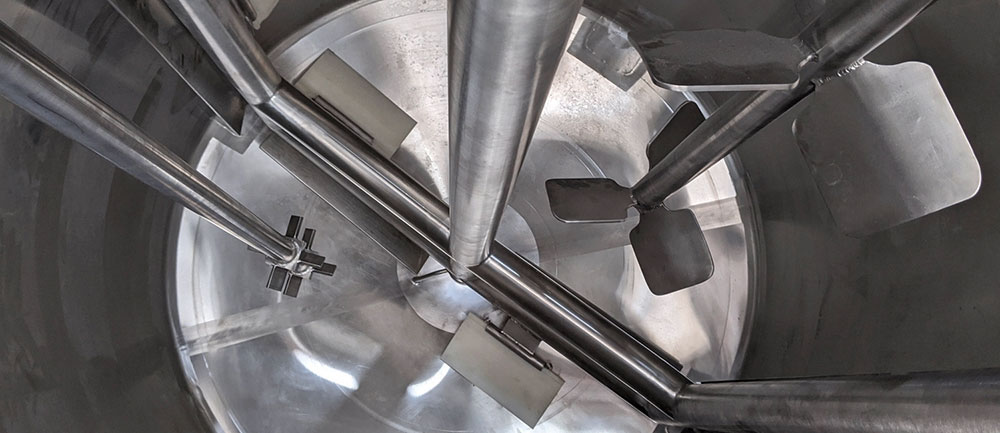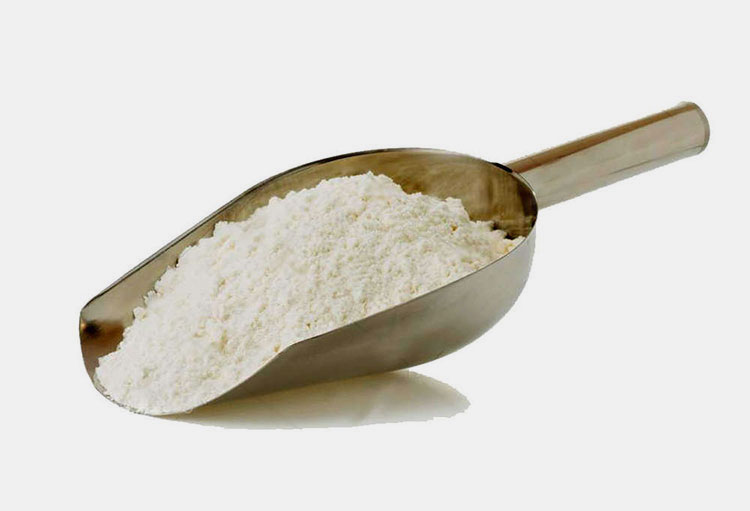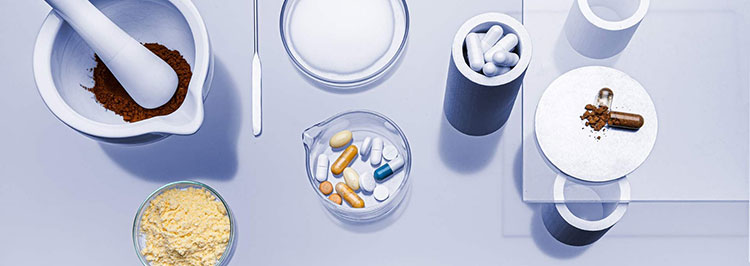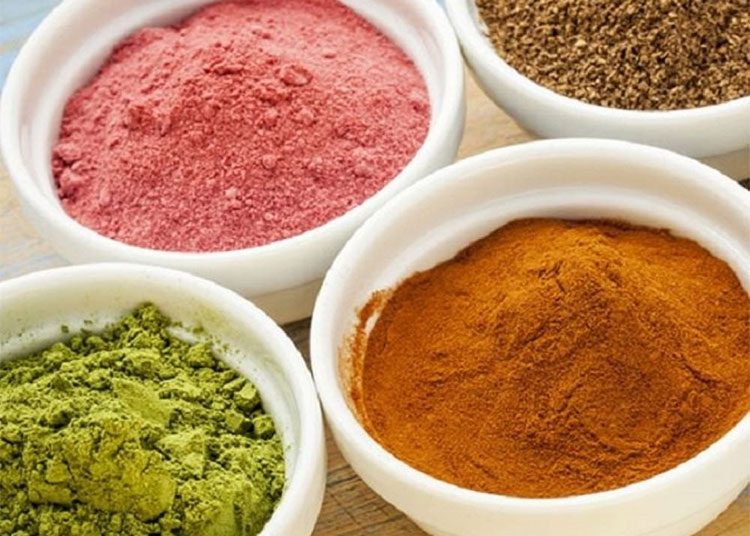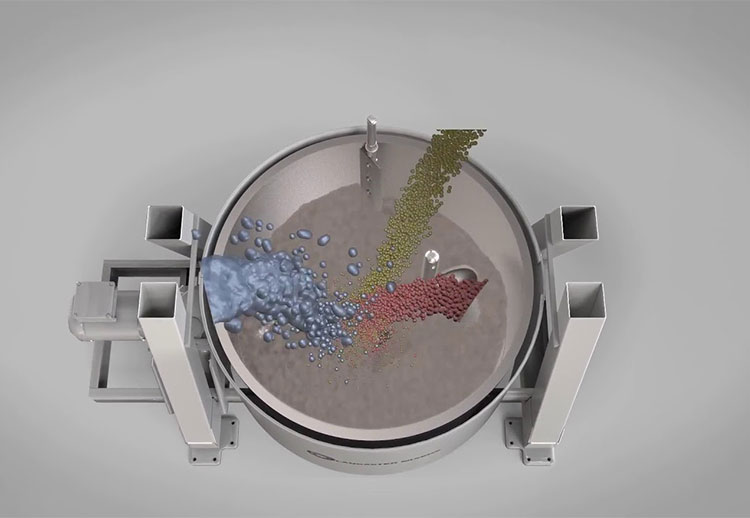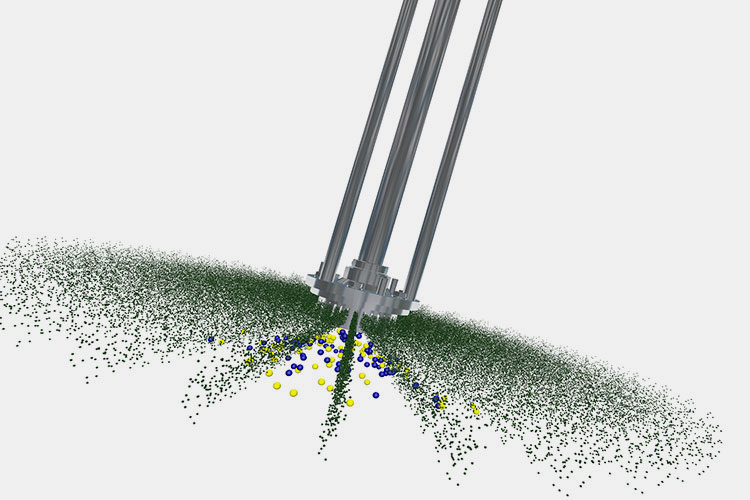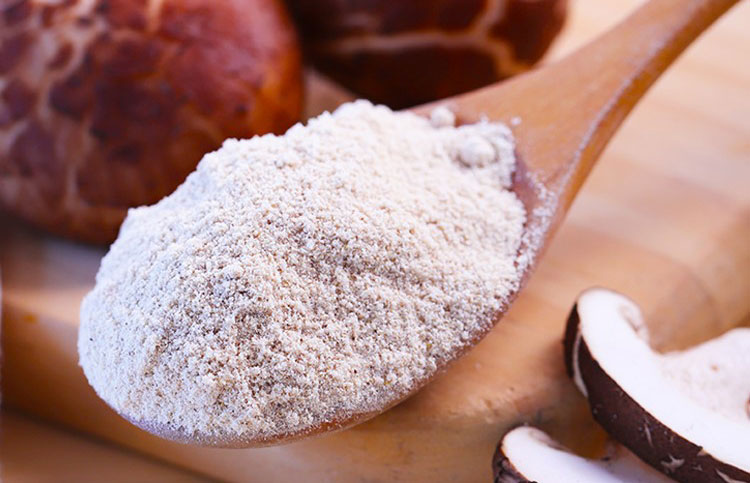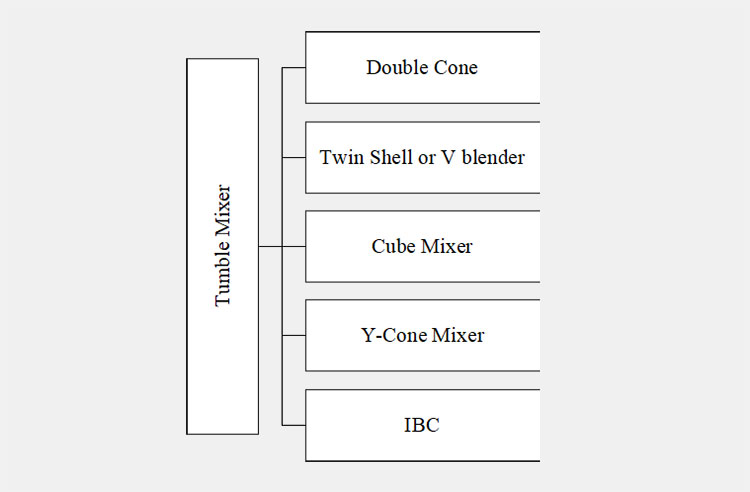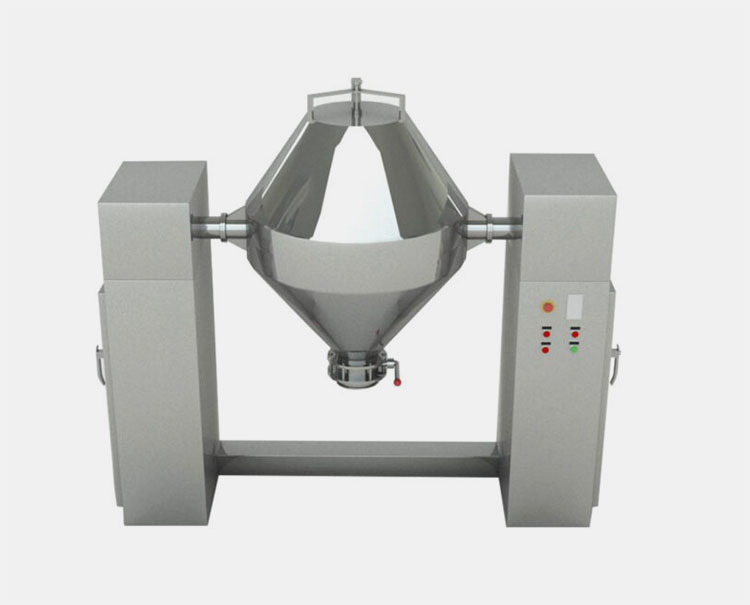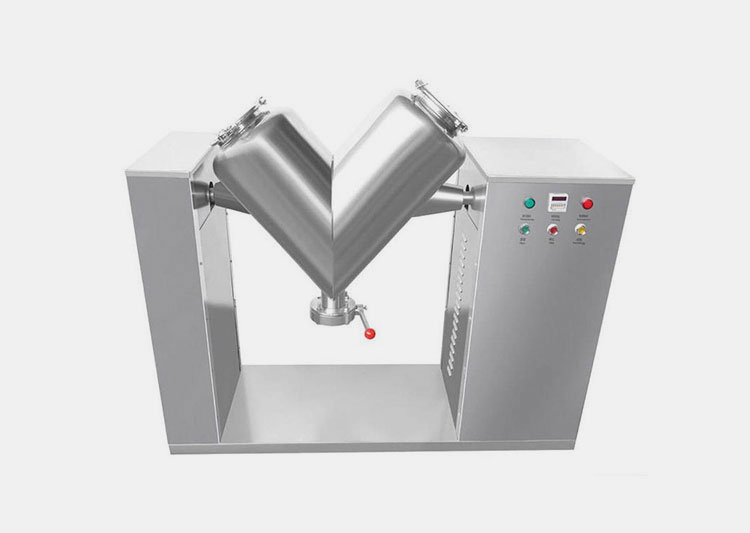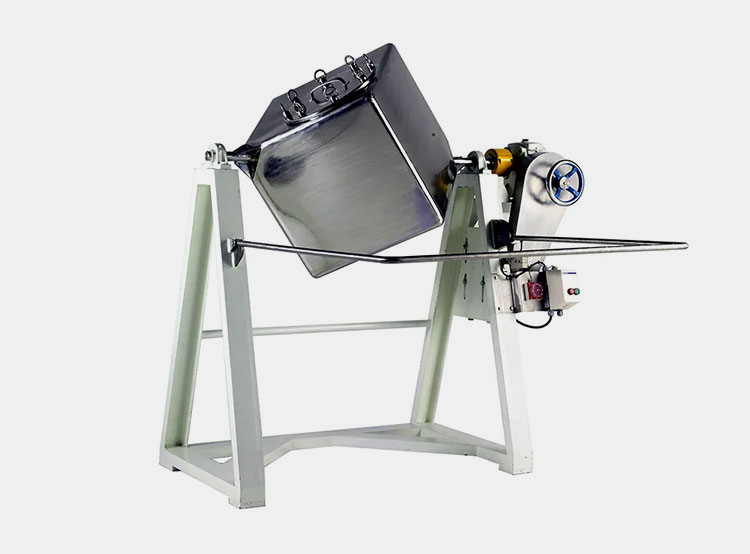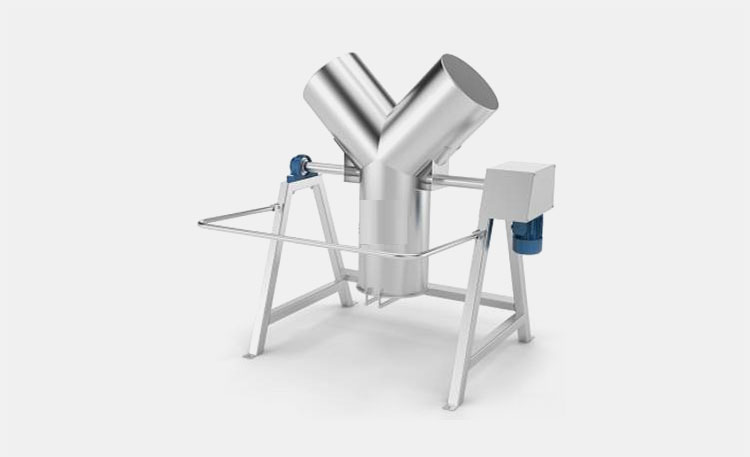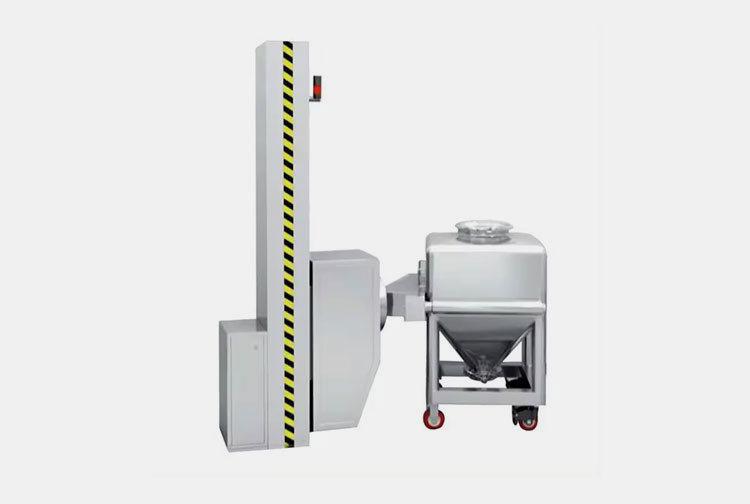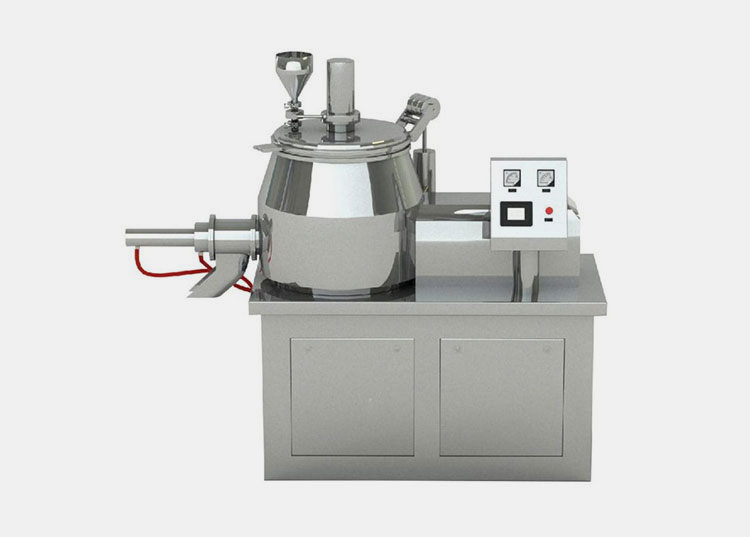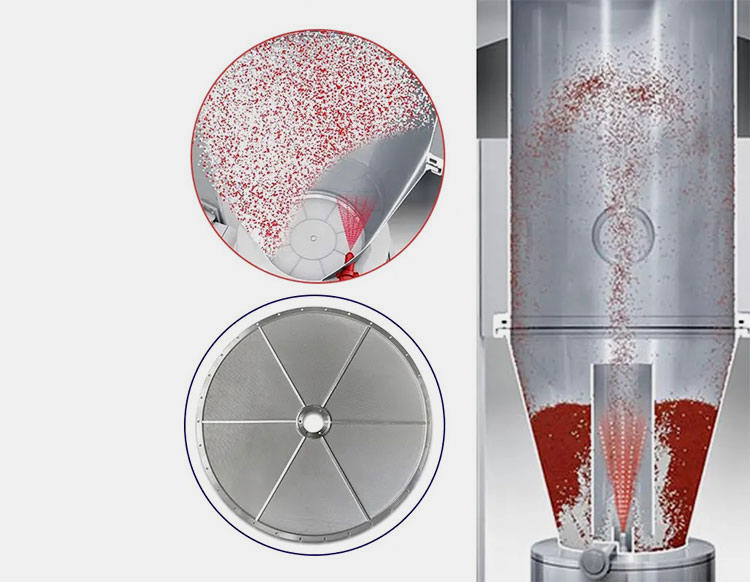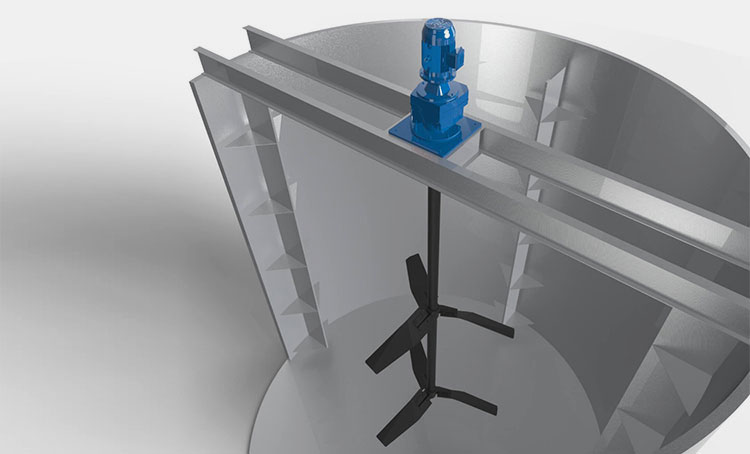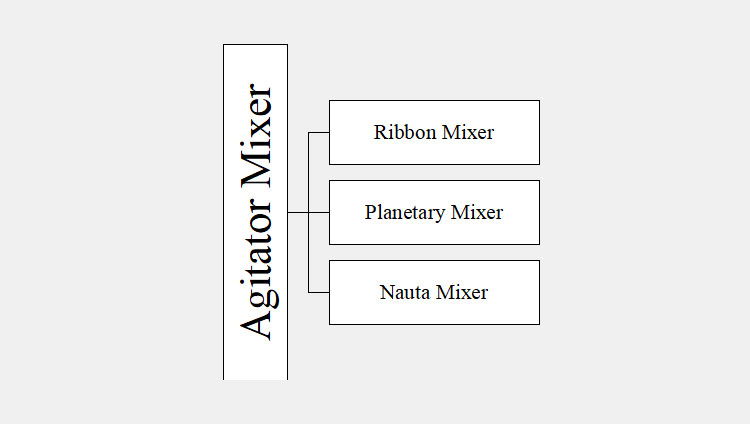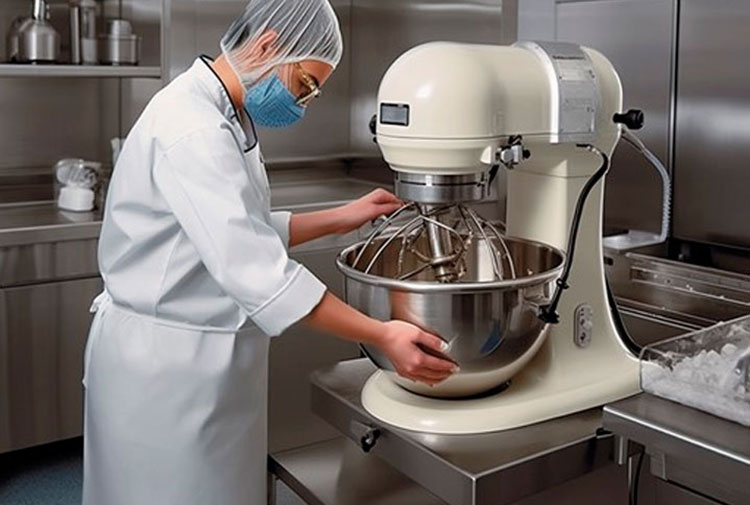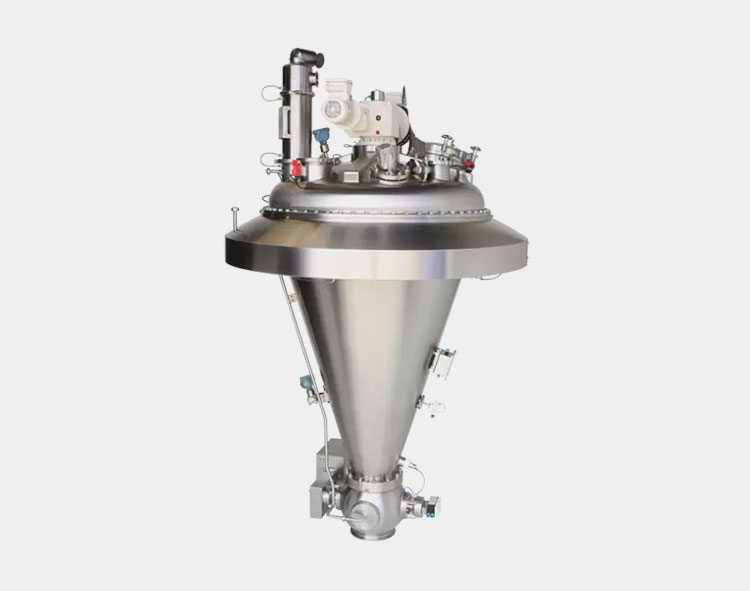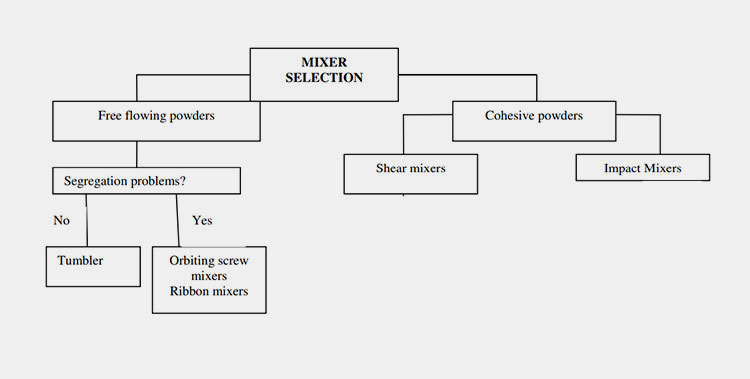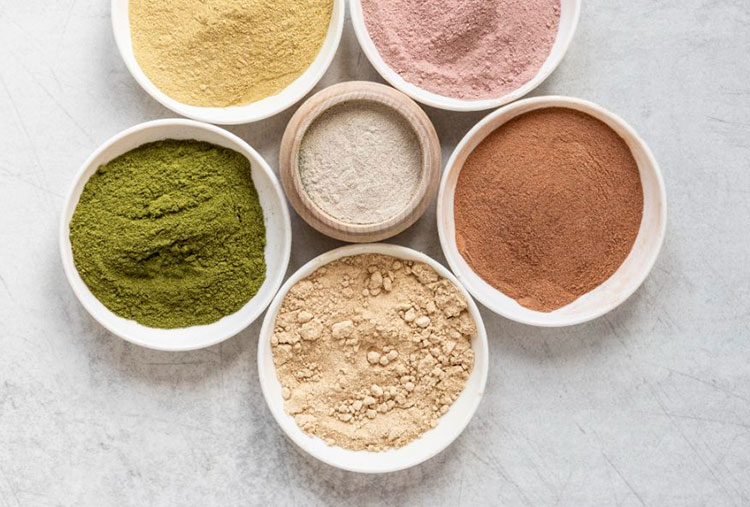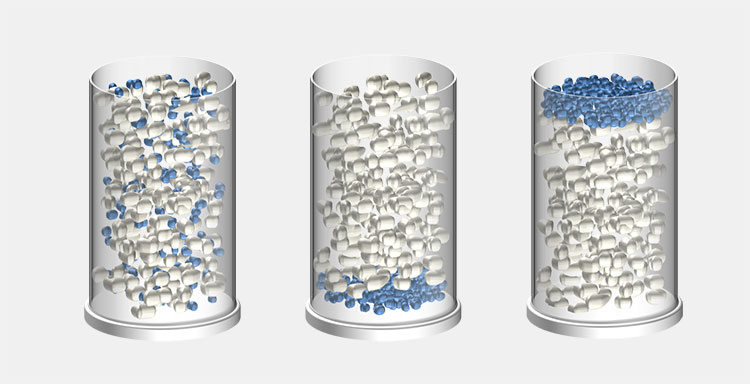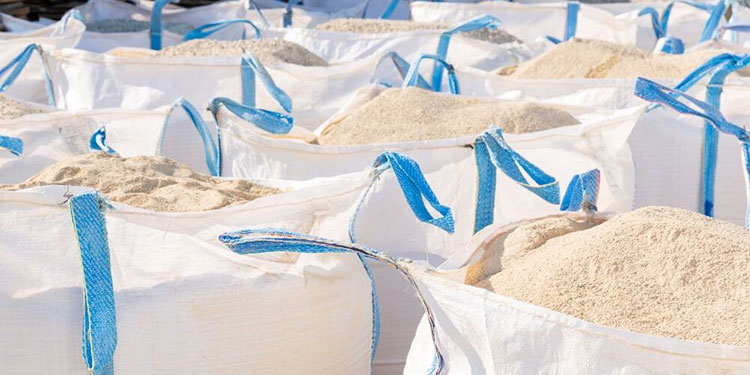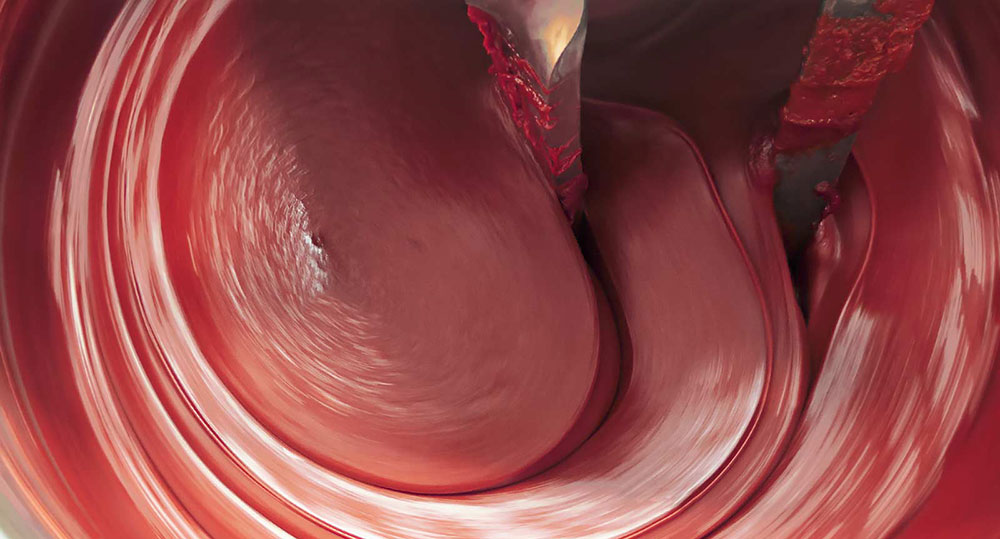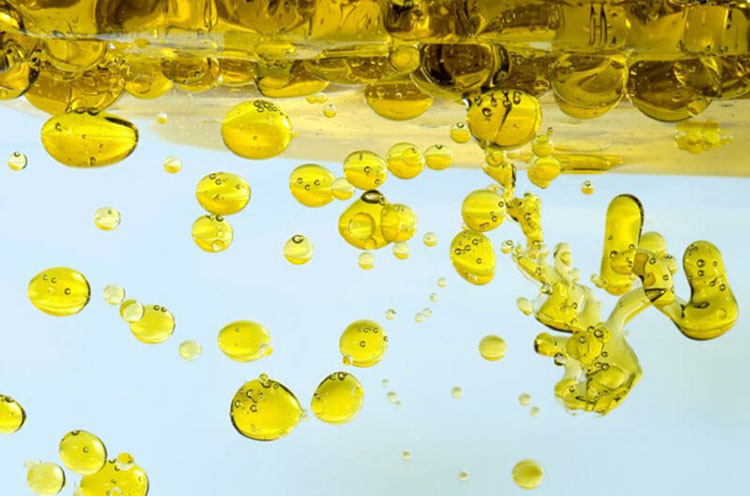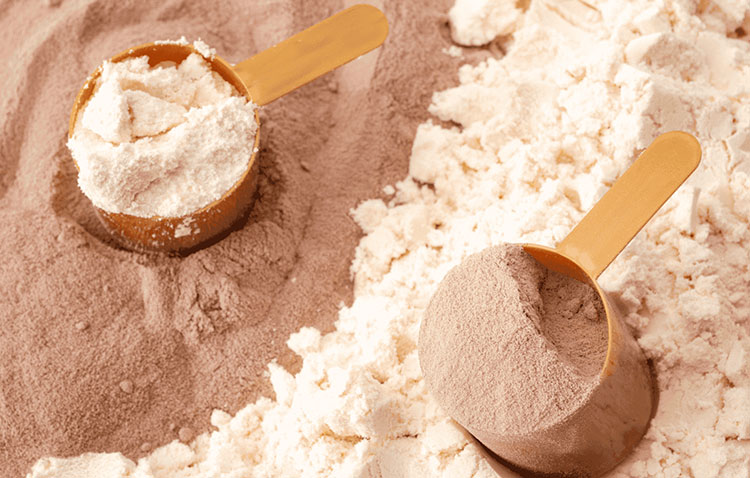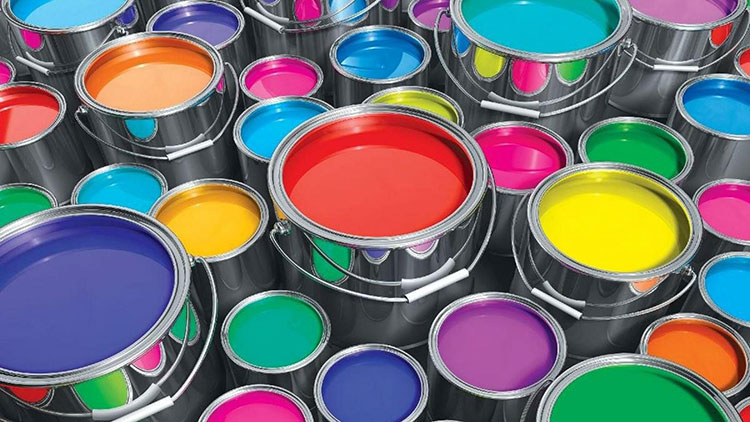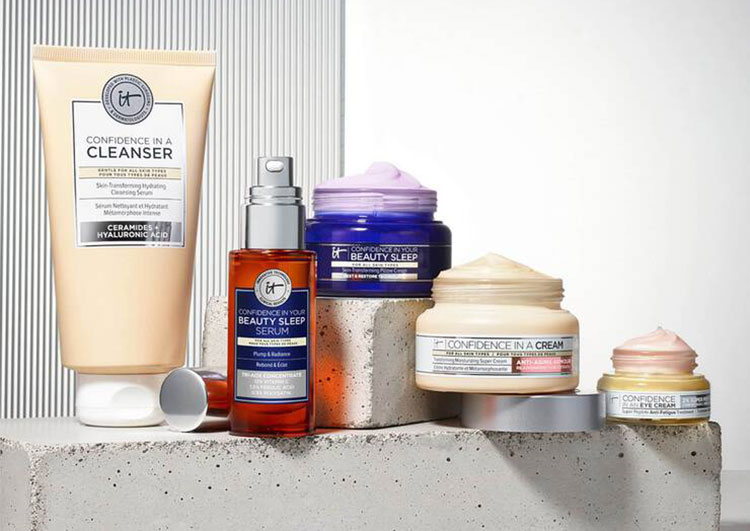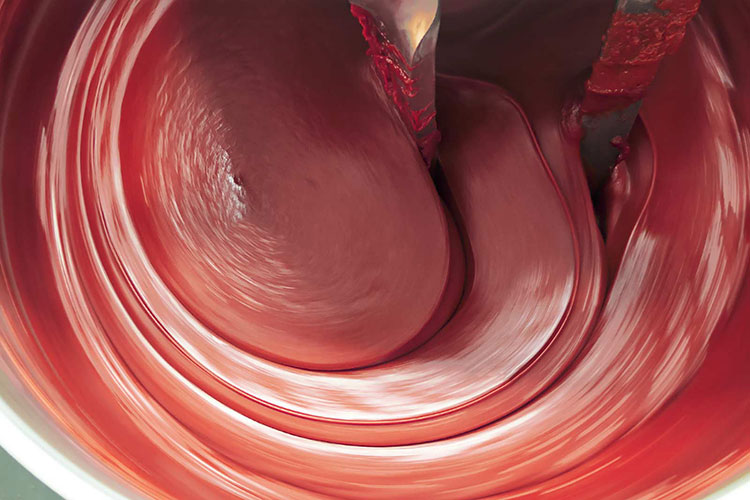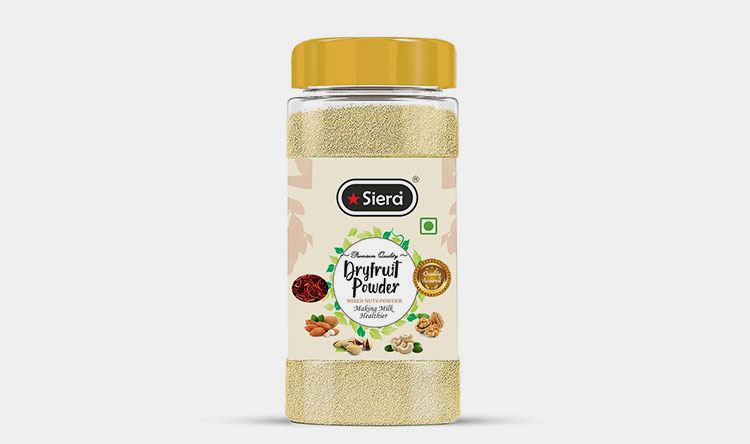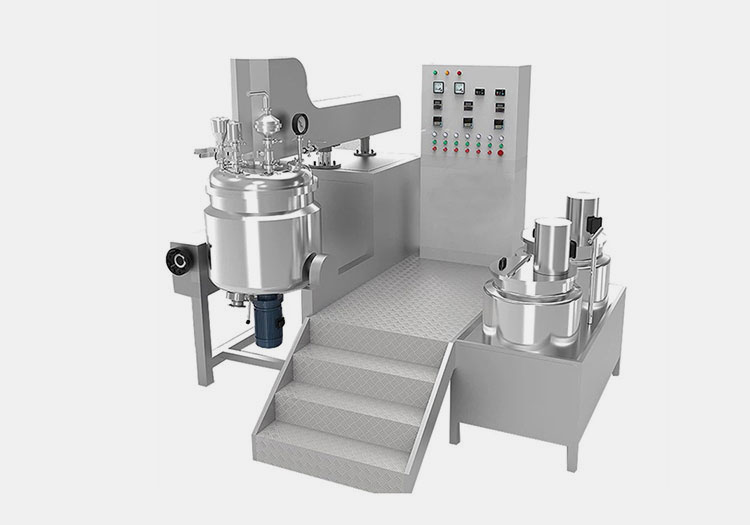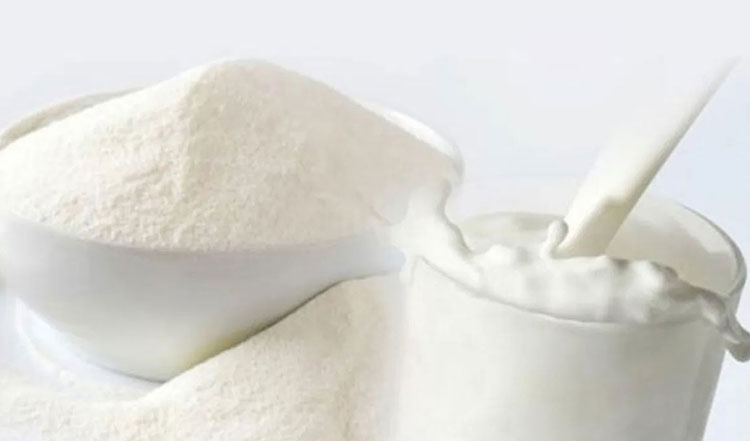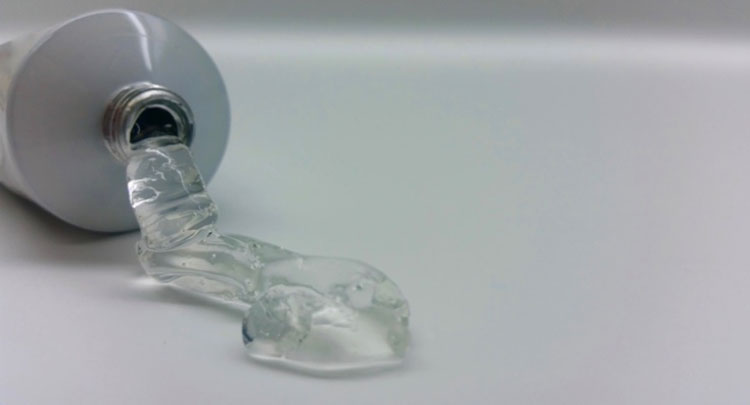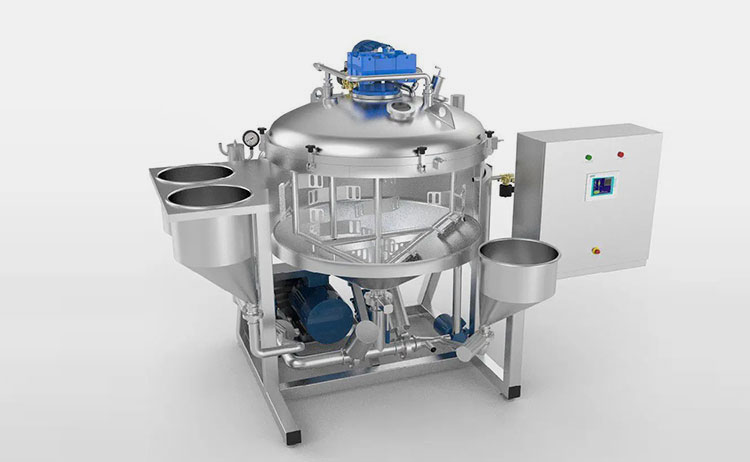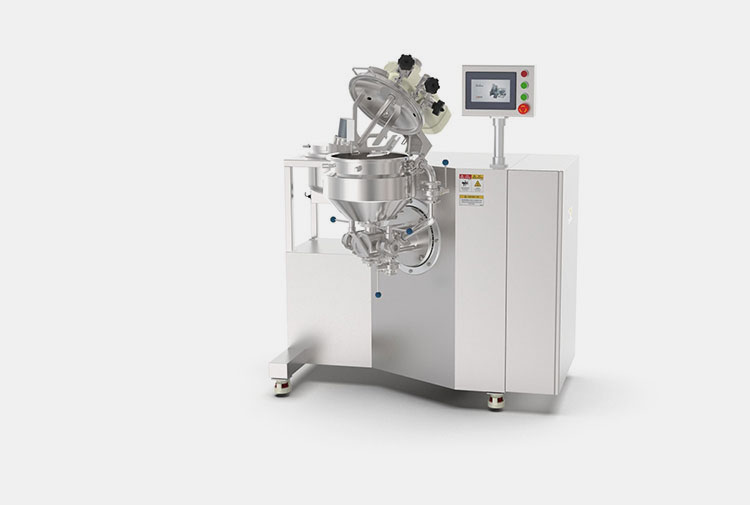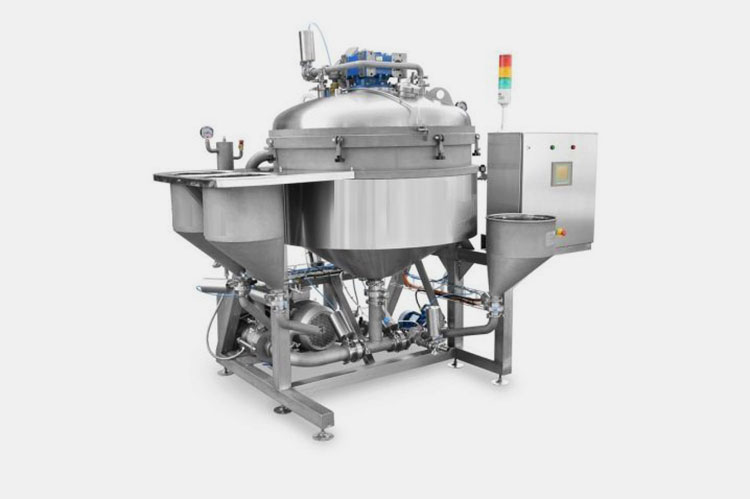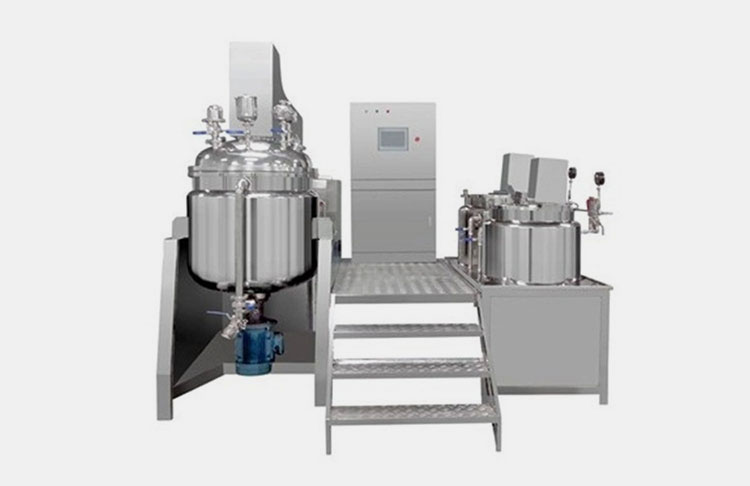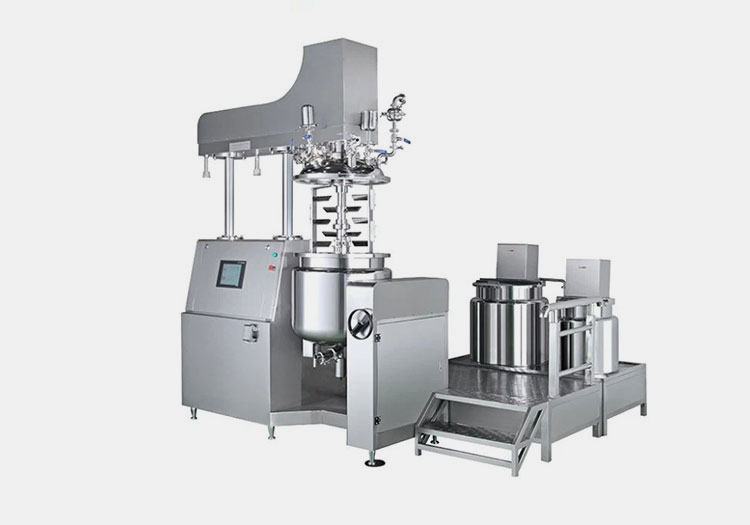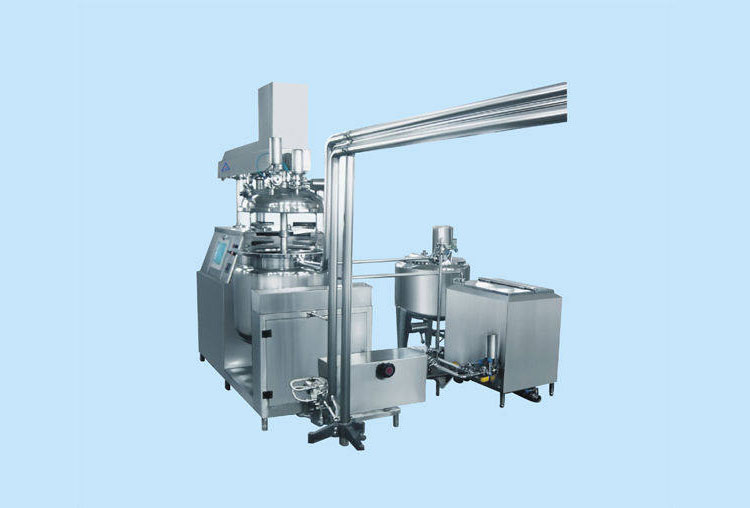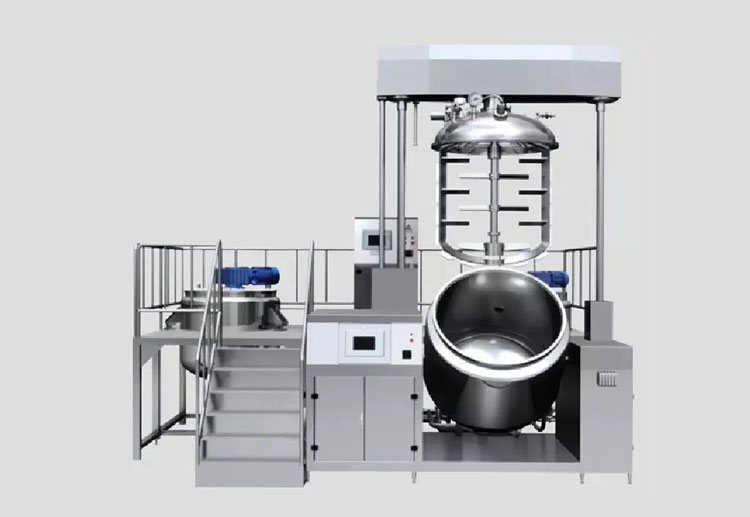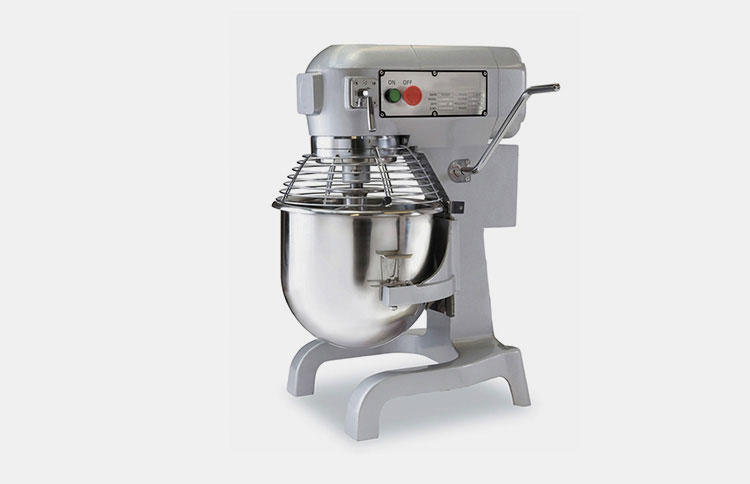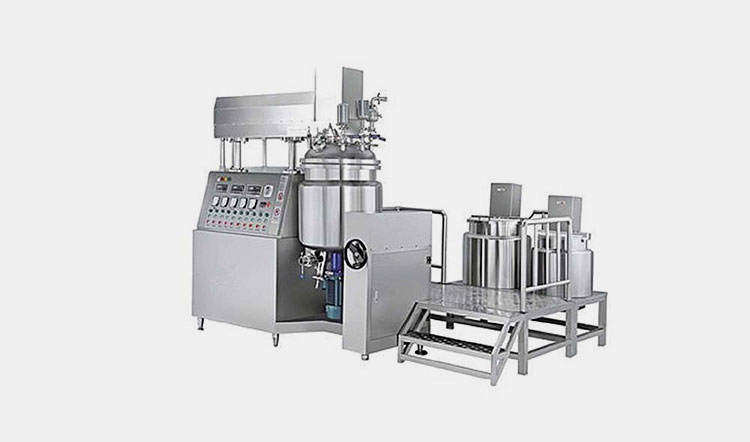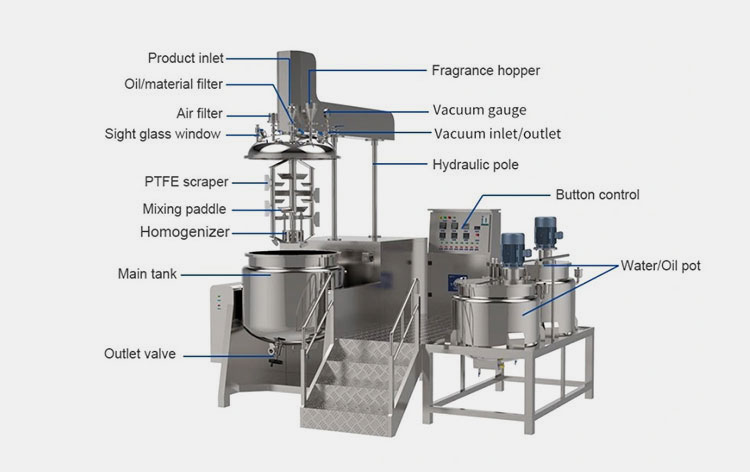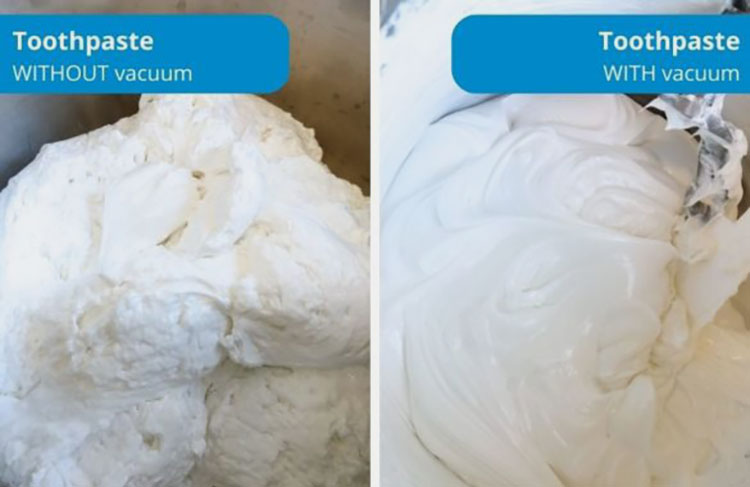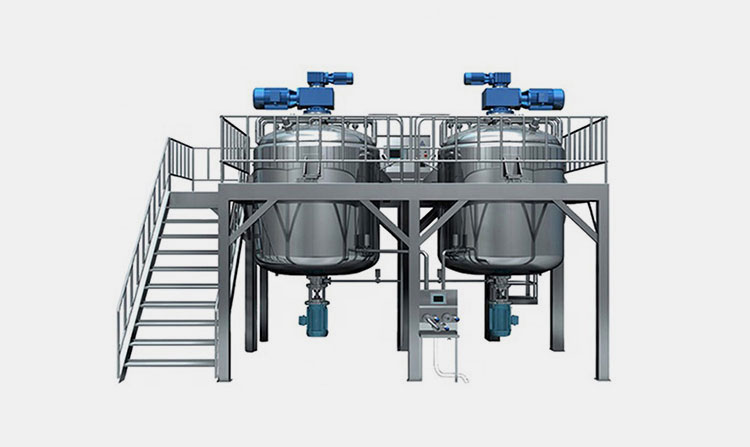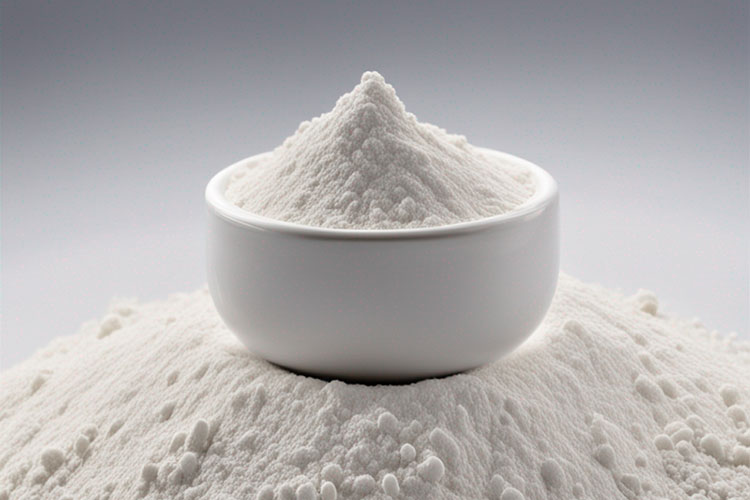Cosmetic Manufacturing Equipment:The Complete FAQ Guide In 2025
Cosmetic Manufacturing Equipment:The Complete FAQ Guide In 2025
Are you highly dependent on skin care products and cosmetics? Have you learned about the market situation of cosmetics and skin care products? If you want to start your own business and then make some achievements, the cosmetics industry will be a very promising part for your investment. Now they require low investment costs but high returns.
In this blog, you may learn about how the development prospects of cosmetics and skin care products and investment process such as the cosmetic manufacturing equipment. If you want to choose the right cosmetics manufacturer or cosmetics making equipment, this article is worth reading. Start now!
1.What Is Cosmetic Manufacturing Equipment?
ALLPACK cosmetic manufacturing equipment
The cosmetic manufacturing equipment is the special machinery and tools that are widely applied for cosmetic manufacturers to make and package the cosmetics and skin care products. They are mixing and blending equipment, like high shear mixers, emulsifying and homogenizing equipment, such as vacuum emulsifier homogenizer and liquid filling machine, tube filling machine for packaging.
2.What Are The Types Of Ingredients That Cosmetic Manufacturing Equipment May Handle?
With strong compatibility and high flexibility, the cosmetic manufacturing equipment can handle a variety of ingredients, including:
Cream
Cream-sourced: hearstapps
Cream is a material between pastes and semi-solids. Among all liquids and semi-liquids, its fluidity is the worst. It has a more moisturizing texture which is more suitable for autumn and winter use. There are face cream, eye cream, sunscreen, makeup remover, cleansing cream, toothpaste, lipstick, etc.
Pastes
Pastes-sourced: theglowmemo
There are many pastes in skin care products and cosmetic whose fluidity is worse than liquid, but stronger than cream. This material has a wide variety of products, including shampoo, conditioner, laundry detergent, hand soap, hand cream, essence, etc.
Liquid
Liquid-sourced: nypost
Liquid refers to pure fluid products which has the strongest fluidity and contains the most water. It is often used in life, such as water milk, facial mask, hydrating spray, body lotion, etc.
3.What Industries Can Cosmetic Manufacturing Equipment Be Applied To?
The cosmetic manufacturing equipment can be used in almost all industries for the processing and filling of liquids and semi-liquids.
Cosmetics industry
Cosmetics industry-sourced: today
Almost the entire cosmetics industry relies on cosmetic manufacturing equipment. The products of the cosmetics industry need to make refined emulsions and creams, and add appropriate pigments and fragrances. Through high shear equipment, they can produce various shampoos, shower gels, conditioners, face creams, lotions and hand sanitizers for multiple application.
Food industry
Food industry-sourced: Eastern Blue
Food is the second largest industry for cosmetic manufacturing equipment. It can help you make various sauces and seasonings. These include mayonnaise, ketchup, mustard sauce, hot pot dip, soybean sauce, seafood sauce, sesame sauce, honey, sweeteners, etc.
Pharmaceutical industry
Pharmaceutical industry-sourced: hubpages
Some products of the pharmaceutical industry also come from cosmetic manufacturing equipment. Including skin creams, hemorrhoid medicines, baby skin care ointments, various Vaseline ointments for relieving skin cracks, and oral cough syrups. The cosmetic manufacturing equipment may assure you great works.
Chemical industry
Chemical industry-sourced: autotoolworld
Chemical products can also use cosmetic manufacturing equipment. It can mix, stir and test the activity and function of various chemical. It can also be used for stirring and mixing various cements, coatings, etc.
4.What Are The Top Cosmetic Manufacturing Equipment By Cosmetic Manufacturers?
Different equipment is required at different stages of cosmetic products production. During mixing and blending process, it requires:
High shear mixers
ALLPACK high shear mixers
Designed with advanced mixing and shearing technology, the high shear mixer may help you with stir, disperse, shear and mix materials in a short time. With a sturdy design, it can shear, stir and mix materials faster, finer and more evenly, and providing you with excellent mixing effects.
During the emulsifying and homogenizing process, you may apply:
Vacuum emulsifier homogenizer
AIPAK vacuum emulsifier homogenizer
The vacuum emulsifier homogenizer can be widely used in the production of thick emulsions, dispersions and suspensions in the cosmetics, pharmaceutical, food and daily chemical industries. By vacuuming, large quantities of powdered products are emulsified in a closed environment, which is very suitable for preparing large quantities of emulsified products and cream products, etc.
During the filling and packaging process, you can make use of:
Semi-automatic liquid filling machine
ALLPACK semi-automatic liquid filling machine
In addition to liquid products with high fluidity, the semi-automatic liquid filling machine can also be applied for filling the high-viscosity pastes and cream products such as shampoo, hair conditioner, face cream, eye cream, hand cream, etc. It mainly adopts pneumatic filling method, which can meet the flexibility of bottling and filling of various products.
Fully automatic liquid filling machine
ALLPACK fully automatic liquid filling machine
The fully automatic liquid filling machine has a wide range of applications. With the most advanced horizontal filling equipment, it can guarantee your efficient filling accuracy. This equipment can meet your different product types and volumes of liquids, viscous bodies for bottling and canning. Equipped with a stirring paddle on top, it can help your materials maintain a uniform mixing state before filling.
Tube filling machine
AIPAK tube filling machine
The tube filling machine can fill a wide range of products. It includes the cosmetics industry, food industry, daily chemical industry and pharmaceutical industry. With first-class filling performance, it can handle different types of viscous and semi-viscous products, such as shampoo, conditioner, face cream, hand cream, facial mask, toothpaste, etc.
5.How To Learn The Structure Of Cosmetic Manufacturing Equipment?
Each equipment has its own unique structure. Let's take a look now!
Main parts of high shear mixer:
Main parts of ALLPACK high shear mixer
Process bowl
All materials are mainly mixed, sheared and processed in this container. It is designed in a bowl-like shape so that there are no dead corners in the process of processing materials and they can move and mix better.
Impeller
This is a special blade in the process bowl. It can help you shear and compress different materials, cut them into particles or easy to reach the target size and density.
Chopper
It has high-quality cutting functions. It can not only cut different materials into particles or fluids of target size, but also make the materials move continuously on the shear plane to enhance the mixing effect.
Discharge port
This discharge port is placed horizontally in the middle of the process bowl at an angle of 45 degrees. The processed materials and fluids can be discharged smoothly through this discharge port, which is convenient for the next step.
Pneumatic system
The pneumatic system of the high shear mixer is specially equipped with a filter. It is specially used to clean the chopping valve and impeller valve inside the equipment to prevent internal cross infection.
Control panel
The control panel is also called PLC control system. Through this panel you can set up and control various settings such as compressed air supply, main function motor, chopper motor, bowl cover limit switch, etc.
Main parts of vacuum emulsifier homogenizer:
Main parts of ALLPACK vacuum emulsifier homogenizer
Pot lid feeding system
Connected by vacuum pipe, it is mainly used to put materials into emulsifying pot. The inner and outer shells are made of high-quality stainless steel materials, which can ensure the safety and stability of materials.
Oil and water tank
The oil and water tank is mainly used for preheating and pre-mixing of materials. It adopts a rated fixed mixing disperse, which can make oil and water heat faster and more evenly.
Control system
All controls and adjustments can be completed on this control panel, and the machine operation time and speed can be adjusted according to your own needs, which is both smart and simple.
Work platform
The work platform is a very safe design. It can provide you with a solid, safe and stable operating platform. This design is convenient for you to supervise and operate in real time, as well as cleaning and maintenance later.
Vacuum emulsifying and blending boiler
Also called as main rector tank, it is the main reaction vessel for vacuum emulsifying and mixing of all materials. In addition to being able to evenly mix and smooth your materials, it can also remove bubbles in the mixture.
Agitator
Agitator or mixing paddle, mainly mix and blends the materials inside the vacuum emulsifying and blending boiler. During the process, the heating cooling system will help process the materials. Vacuum pump It adopts the water seal vacuum pump which connects with the tap water. Before the vacuum pump starts, the water will be sucked.
Main parts of semi-automatic liquid filling machine:
Main parts of semi-automatic liquid filling machine-sourced: taizypackaging
Feeding pipe
It applies the high quality feeding pipe that is stable and secure. The machine applies the pneumatic feeding system.
Filling nozzle
The filling nozzle is accurate and efficient. If you want to improve your filling efficiency and capacity, you can make it more filling nozzles.
Filling speed adjustment valve
You may manually adjust the filling speed with the adjustment valve.
Barometer
The barometer can display the air pressure value of the entire equipment during operation, which is convenient for your use.
Cylinder housing speed adjustment valve
The cylinder is mainly composed of valves and adjustment knobs. It is specially used to adjust the speed of cylinder piston movement.
Filling volume regulating valve
The regulating valve can accurately control the capacity and flow of the filling volume. It can ensure the accuracy of material filling for you.
Air pressure switch
The air pressure switch mainly controls the switch of the equipment through air pressure settings. This not only saves manpower, but also extends the life of the equipment.
Foot switch
In addition to being able to set the automatic filling mode, you can also complete the material filling by stepping on the foot pedal.
Emergency switch
In any emergency, you can start the emergency switch to ensure the safety of equipment and personnel.
Automatic switch
Start the automatic switch and you can set the automatic filling mode. That is, without any other operations, you only need to change the filling container at a fixed time.
Main parts of automatic liquid filling machine:
Main parts of automatic liquid filling machine-sourced: szhx
Material hopper
You can upload your materials such as liquids, pastes, creams, and so on into the materials hoppers for storage and it will be transferred into the filling system in the next step.
Filling nozzle
The filling containers are located at the bottom of the filling nozzle. It can extract materials from the filling station and transport them to different containers. Different filling requirements and filling materials can be adapted to filling nozzles of different models and capacities.
Piston cylinder
The piston cylinder can push the materials in the hopper into the filling station through reciprocating piston movement.
Bottle blocker
The bottle blocker can adjust the speed and spacing of bottle delivery.
Universal wheel
With universal wheel, the automatic liquid filling machine can be easily moved.
Emergency stop
By setting the emergency button switch, you can immediately stop the machine in an emergency.
Touch screen
Through the touch screen, you can set the speed, time and frequency of material filling of the equipment.
Power switch
The main switch of the equipment. The equipment can be started normally by controlling the power switch.
Conveyor
The conveyor belt mainly conveys the container to the bottom of the filling nozzle for filling, and then transfers it to the back capping, labeling and printing steps.
Motor
The use of high-quality engines can drive the efficient operation of the entire equipment, saving energy and costs.
Main parts of tube filling machine:
Main parts of tube filling machine-sourced: vkpakfillers
Filling hopper
You need to manually upload your materials into the filling hopper for storage and later filling.
Pressure regulator
It can be used to adjust the pressure value of material filling and the material flow rate. This ensures that the material can flow out at a constant speed.
Filling volume controller
The filling volume controller is specifically used to control the filling capacity of the material.
Barometer
It helps you read the air pressure value clearly.
Sealing height controller
Real-time adjustment of sealing height to suit tubes of different types and heights.
Filling head controller
It can help adjust the height, fineness, size, type, etc. of the filling nozzle.
Tube orientation controller
This small design can help you adjust the direction of the tube at any time.
Orientation mask sensor
Through the orientation mask sensor, it can sense the direction of the tube and then help make position adjustments.
Working station
It is a turntable station for helping your tube location and filling.
Tube filling device
It helps material filling into tubes with high efficiency and accuracy.
Ultrasonic tube sealing mold
The ultrasonic tube sealing mold can provide mechanical pressure, heat sealing and ultrasonic sealing for tubes at the same time.
6.How The Cosmetic Manufacturing Equipment Help You With Cosmetic Manufacturing?
To make the cosmetics and skin care products, you may apply the cosmetic manufacturing equipment in this way:
Working principle of high shear mixer:
Working principle of high shear mixer-sourced: Wahal Engineers
- Mixing and blending. Load and mix the materials you need to mix and stir. If necessary, different material components can be added in batches and at different times for mixing and blending.
- Emulsion homogenization. After being mixed and blended, the high shear mixer can continuously shear and stir the materials. The materials will be emulsified, thus becoming a mixture of uniform size.
- Suspension Homogenization. When the particles are sheared into fixed-size and smaller particles, these particles will settle down and then be distributed throughout the mixture and medium.
- Particle size reduction. After being sheared and emulsified, the particles in the mixture will continue to be ground into smaller substances and precipitated in the solution.
- Granulation. If you have a requirement for this step at the end, the equipment will help you mix the solid product with the binder and then make it into a high-density granular material, etc.
Working principle of vacuum emulsifier homogenizer:
Working principle of AIPAK vacuum emulsifier homogenizer
- Feed the material into the mixing tank. The blades in the mixing tank will mix the material evenly through forward and reverse rotational forces.
- Rapid mixing. When the blades start to drive, the blades in the mixing tank will drive quickly to move the material up and down.
- The vacuum pump of the mixing tank will extract the gas in the tank and keep the tank in a vacuum state.
- Heating emulsification. Through the centrifugal action in the tank, the material will be continuously thrown, dispersed and mixed. The tank will emulsify the material by continuously heating.
Working principle of semi-automatic liquid filling machine:
Working principle of ALLPACK semi-automatic liquid filling machine
- Fill the material into the hopper.
- The piston will pump the material in the hopper into the piston cylinder, and then transfer it to the filling nozzle through the valve.
- The material pumped by the piston to the filling nozzle will be filled into the bottle or can according to the set volume.
Working principle of fully automatic liquid filling machine:
Working principle of ALLPACK fully automatic liquid filling machine
- You can load the material to be filled into the hopper automatically or manually.
- The hydraulic device of the automatic filling machine pushes the material stored in the hopper into the filling nozzle.
- When the valve of the nozzle is opened, the machine fills the material into the container according to the set filling volume.
Working principle of tube filling machine:
Working principle of ALLPACK tube filling machine
- Manual feeding. The empty tube is fed into the tube holder.
- Automatically unscrambling. The machine will tidy up the tube through a vibration mode to facilitate the subsequent feeding of the tube.
- Tubes feeding. After the machine is started, the empty tubes will be automatically moved to the filling station.
- The tubes are fed and then filled into the tubes according to a fixed weight.
- The machine's infrared will detect the filled tubes and then heat seal them.
- For aesthetic reasons, the extra material on the tube will be cut and trimmed.
- Printing and coding. The batch number and expiration dates will be automatically printed.
7.What Are The Benefits That You May Get From Cosmetic Manufacturing Equipment?
The following advantages are what you can get from these equipment.
Precision mixing
Precision mixing-sourced: sosinventory
The high shear mixer, vacuum emulsifier homogenizer may offer you fine and even material mixing and blending of various expensive and delicate ingredients.
Flexible filling
Flexible filling-sourced: unilogo
The cosmetic manufacturing equipment almost covers all types of cream and paste filling. Adopted with fine filling mechanism, it can provide you with semi-automatic and fully automatic material emulsification, mixing and filling, etc.
Increase production
Increase production-sourced: morenaturals
Manual stirring, mixing and filling not only takes a long time, but also consumes manpower, material resources and financial resources. The sterile environment in the production process cannot be guaranteed. By using cosmetic manufacturing equipment, you can increase production while ensuring a clean environment.
Hygiene secure
Hygiene secure-sourced: christeyns
Various products with high safety and cleanliness require the help of cosmetic manufacturing equipment to ensure the safety and cleanliness of product production.
8.Why Are Mixers and Blenders For Cosmetic Manufacturing Important?
Due to the great working effects, the mixers and blenders are important for cosmetic manufacturing.
Solid dispersion
Solid dispersion-sourced: mixquip
Many skin care products require the powder or granular materials to be sheared and dispersed evenly, and then various other trace ingredients, wax substances, fragrances, pigments, etc. will be mixed and melted.
Preventing agglomeration
Preventing agglomeration-sourced: processingmagazine
One of the user's feelings about skin care products is smoothness and the absence of foreign matter. A good mixer and blender can help the materials to be dispersed well.
Large-volume mixing
Mixers and blenders can mix and emulsify different trace, expensive, effective and active ingredients in large volumes.
High-quality emulsification
High-quality emulsification-sourced: pharmacy-machines
Many mixers and blenders have the emulsification function, which can emulsify materials and prepare them into stable and easily absorbed products by the skin, which is very valuable and competitive.
9.What Are The Challenges You May Met During Cosmetic Manufacturing?
Cosmetic manufacturing is a technical job. During the preparation process, you may face various challenges. It includes:
Ingredients quality
Ingredients quality-sourced: ifluidtec
Before and during the production of cosmetics, the safety and cleanliness of the raw materials must be ensured. It is best not to damage the quality and activity of the ingredients during shearing, mixing, stirring, and emulsification.
Manufacturing quality control
Manufacturing quality control-sourced: silverson
During the production process of cosmetic manufacturing, special attention may be paid to the adjustment of the vacuum degree, oxygen content, temperature and humidity in the tank. These are all related to the quality of the subsequent products.
Accordance to regulatory standards
Accordance to regulatory standards-sourced: integware
Any cosmetics and skin care products need to be applied to the human body. Therefore, the raw material utilization, production and equipment use of the product must comply with relevant regulatory standards. It includes EU, USA, China, Japan, Australia or Canada cosmetic regulations.
10.What Are The Potential Risks If Using Wrong Cosmetic Manufacturing Equipment?
Potential Risks-sourced: techvify-software
If the cosmetic manufacturing equipment is not suitable or used in the right way, it may lead your products to poor quality, inconsistency or even ineffectiveness. The potential risks are:
Poor quality
One of the benefits of cosmetic manufacturing equipment is that it can reduce human errors and increase product consistency and quality. It may lead poor quality if you choose the wrong equipment.
Inconsistent quality
If you choose an inappropriate mixer or blender, it is likely to cause inconsistent product quality. Some products are delicate, while others are rough, resulting in different user experience.
Product contamination
Incorrect usage may cause contamination of the entire batch of products, thereby increasing production costs and even causing waste of resources. It may bring you great loss.
Low efficiency
Not all materials are used in the same mixer and blender. You need to choose the corresponding equipment according to the characteristics of different materials and production requirements.
Low output
The same equipment may provide you with different productivity in different models. Therefore, if you have special requirements for production efficiency, speed or productivity, you need to choose carefully.
11.Is Sanitation Standard Important For Cosmetic Manufacturing During Equipment Operation?
Sanitation Standard Important For Cosmetic Manufacturing-sourced: wmprocess
The sanitation is important during the whole manufacturing process. Although appropriate preservatives are added to each batch of products, it may still deteriorate and breed bacteria when if contaminated. When such products are applied on the skin, it may cause facial or skin ulcers. Therefore, during the product manufacturing process, it is crucial to ensure the hygiene and cleanliness of the workshop, equipment, production process and production personnel.
12.Why Poor Cosmetic Manufacturing Equipment May Harm Your Cosmetic Products?
If you want to invest in this area, it is necessary to choose high-quality cosmetic manufacturing equipment. Because poor cosmetic manufacturing equipment will lead to:
Damage product quality
Damage product quality-sourced: medicalaestheticshv
Poor cosmetic manufacturing equipment is the root cause of poor quality, inconsistent quality, contamination and other problems of products. This will seriously damage product quality.
Damage consumer interests
Once discovered or cause bad effects, the product will be recalled immediately. And the previously used products will harm the interests of consumers.
Cause huge economic losses
In addition to harming consumer interests, product recalls and damage to brand reputation will cause huge economic losses.
13.What Are The Certification That Cosmetic Manufacturing Equipment Must Achieve?
The cosmetic manufacturing equipment must achieve:
USDA certification
USDA certification-sourced: impakter
The USDA certification ensures that the equipment components used in cosmetic manufacturing meet US requirements and standards. It helps to produce related products safely and stably.
GMP certification
GMP certification-sourced: dgcsindia
The GMP certification ensures that the product production process is safe, pollution-free and sterile.
CE certification
CE certification-sourced: lumiformapp
Cosmetic manufacturing equipment with CE certification is regulated by relevant standards and safe to use. And they can be used and traded freely in the European market.
ASME certification
ASME certification-sourced: bepeterson
ASME certification is an international safety and quality certification mark. It proves that the equipment has been evaluated, tested, evaluated and certified, and can be used safely.
14.How To Choose A Reliable Cosmetic Manufacturing Equipment?
After understanding all the relevant information about cosmetic manufacturing equipment, let's choose a suitable equipment!
Product type
Product type-sourced: lianhe
Before choosing the right equipment, you need to plan the relevant processing and preparation equipment according to your product type and characteristics. This includes the viscosity, texture, type and characteristics of the material, sensitivity, relevant proportions, additives, etc.
Container type
Container type-sourced: yetomachinery
Depending on the type and texture of the product, there are many types of cosmetic filling containers. It includes bottles, jars, tubes, pouches, etc. Because different containers may involve different filling and packaging methods of the product.
Production capacity
Production capacity-sourced: processequipmentandcontrols
Different equipment models and production lines can achieve different outputs. You need to determine the function, specifications, production efficiency and output of the equipment in advance.
Filling accuracy
The most important thing about cosmetic filling is the filling accuracy. The higher the accuracy, the more consistent product quality.
Equipment efficiency
Equipment efficiency-sourced: mixquip
The more efficient the cosmetic production equipment, the more economic benefits it can bring to you. On the contrary, the less efficient the equipment, the limited benefits.
15.What Are The Trends For Cosmetic Manufacturing Forwards?
According to the survey, cosmetics, skin care products and beauty industries are all growing rapidly with the development of the economy. Future cosmetic manufacturing trends are:
Personalized and customized production
Personalized and customized production-sourced: forbesindia
More and more people like to customize their own products, which has led to the customized production of skin care products. That is, in order to meet the different usage needs of consumers, instead of following the conventional production method, cosmetic manufacturing is provided to customers through professional customization.
Optimizing use of materials
Optimizing use of materials-sourced: forbesindia
The design of equipment is becoming more and more advanced and refined. They can design more different functions to meet the needs of different material processing, so that all materials can be well utilized.
Intelligence
Compared with various mixers and blenders before, the current cosmetic manufacturing equipment is more intelligent. It can prepare the formula for you in advance, more intelligently stir and mix materials, and fully automated product filling.
Conclusion:
The cosmetics industry is a rapidly developing industry. The technology of cosmetic manufacturing is also improving. Through this complete FAQ guide of cosmetic manufacturing equipment, you may know how it works and how will it end. If you have more questions about the cosmetic manufacturing industry and the equipment, you are welcome to consult ALLPACK now!
Don't forget to share this post!
CONTACT US
Tell us your raw material and project budget to get quotations within 24 hours.
WhatsApp Us: +86 181 7101 8586
The Buyer's Guide

Cosmetic Manufacturing Equipment:The Complete FAQ Guide In 2025 Read More »


